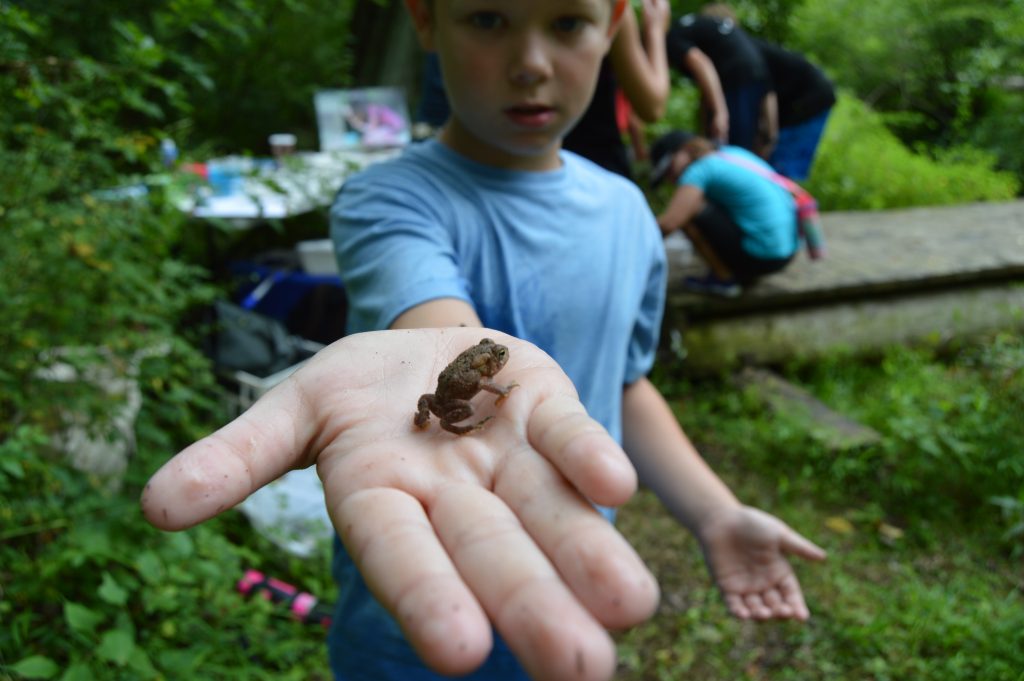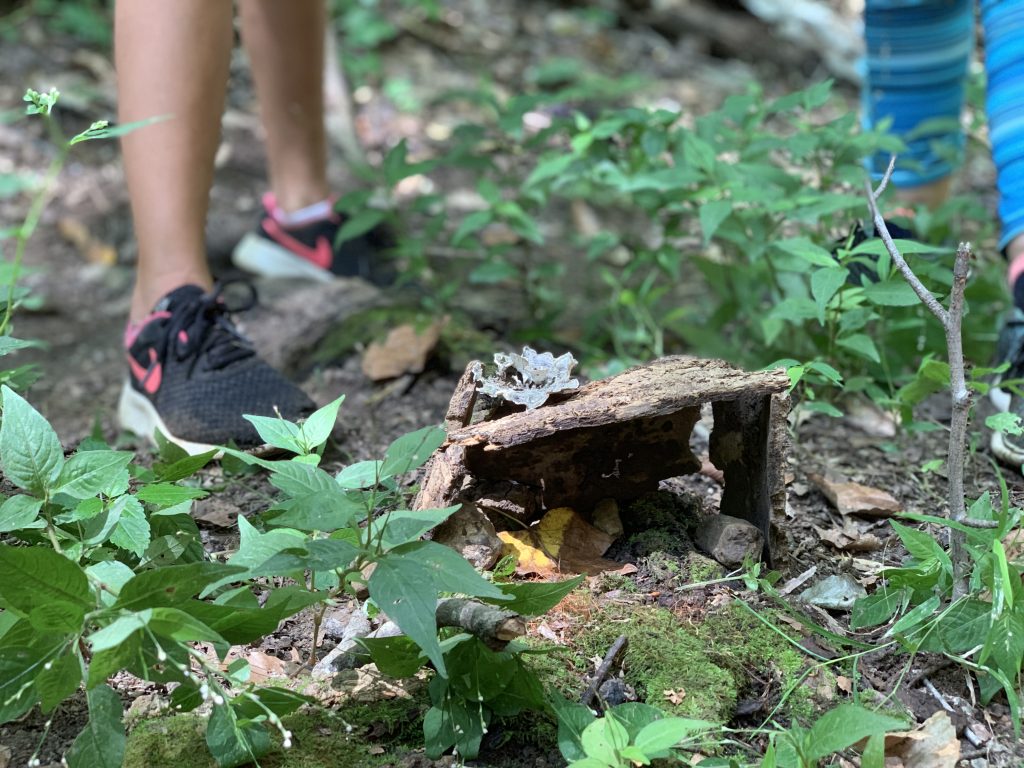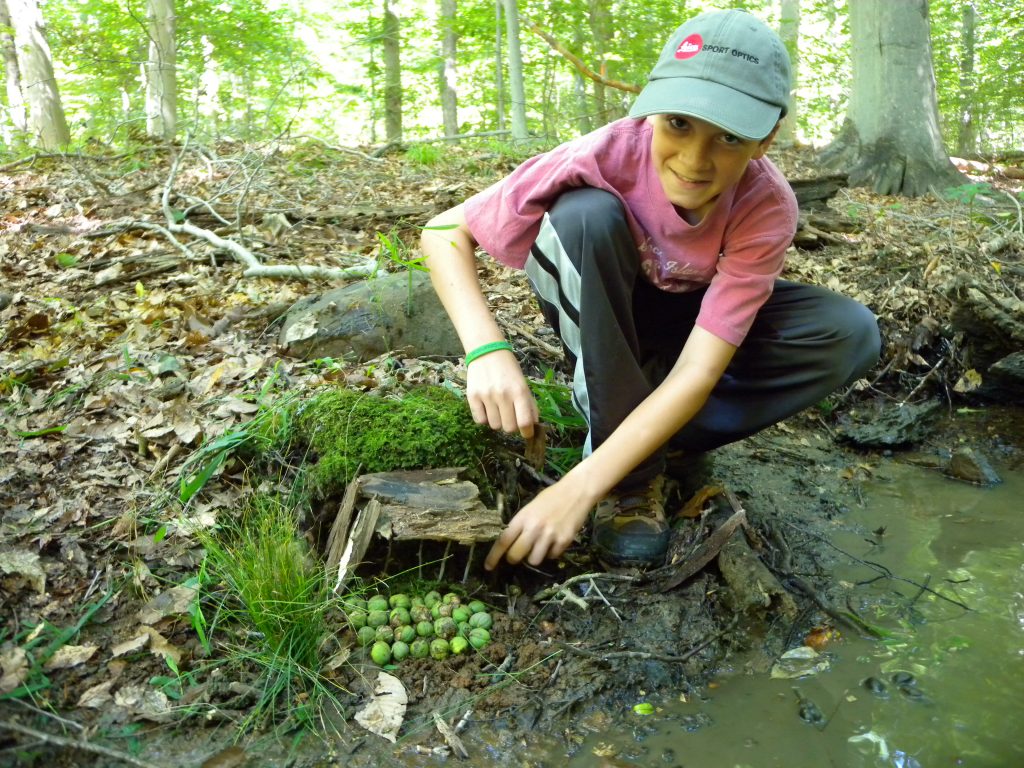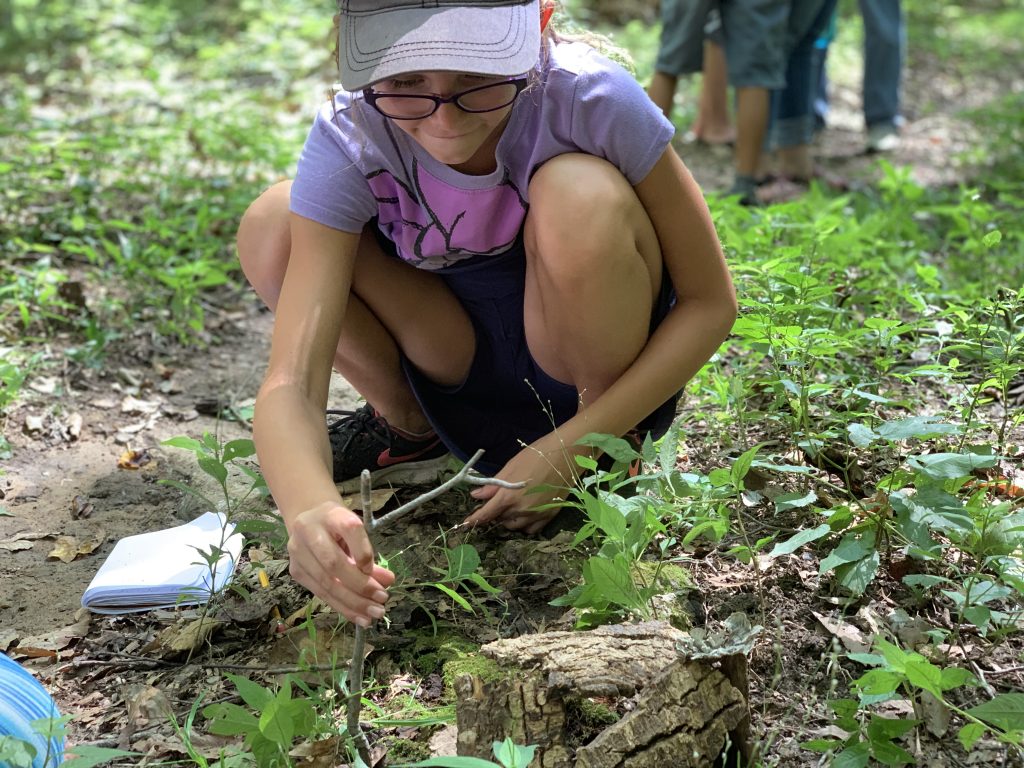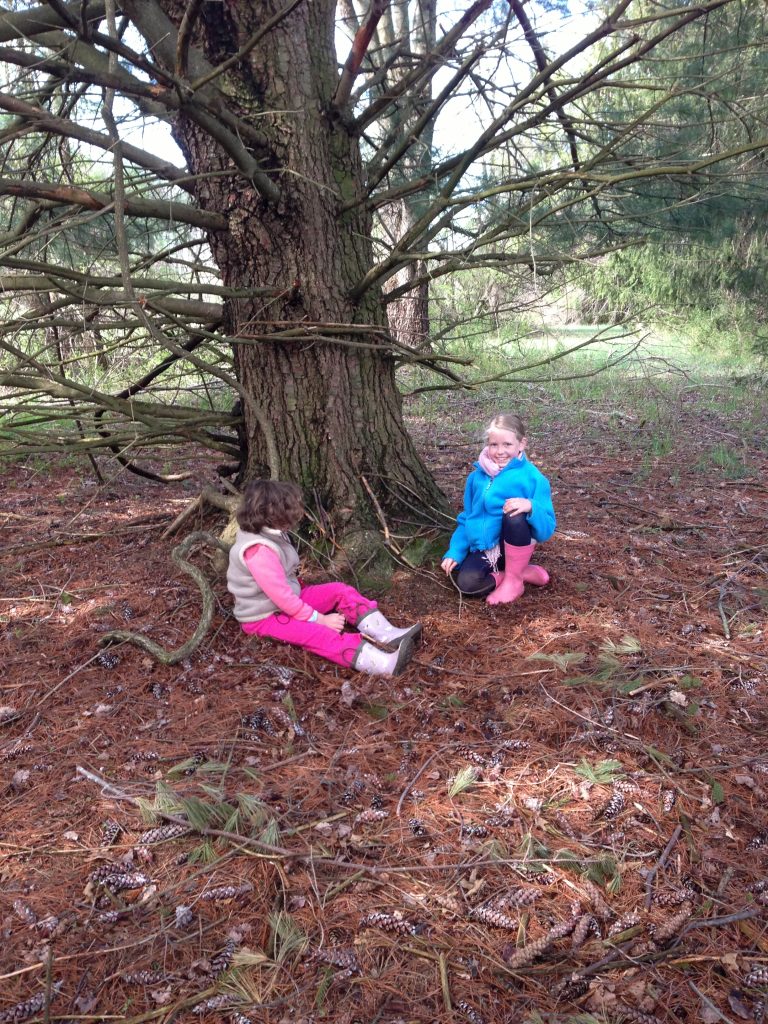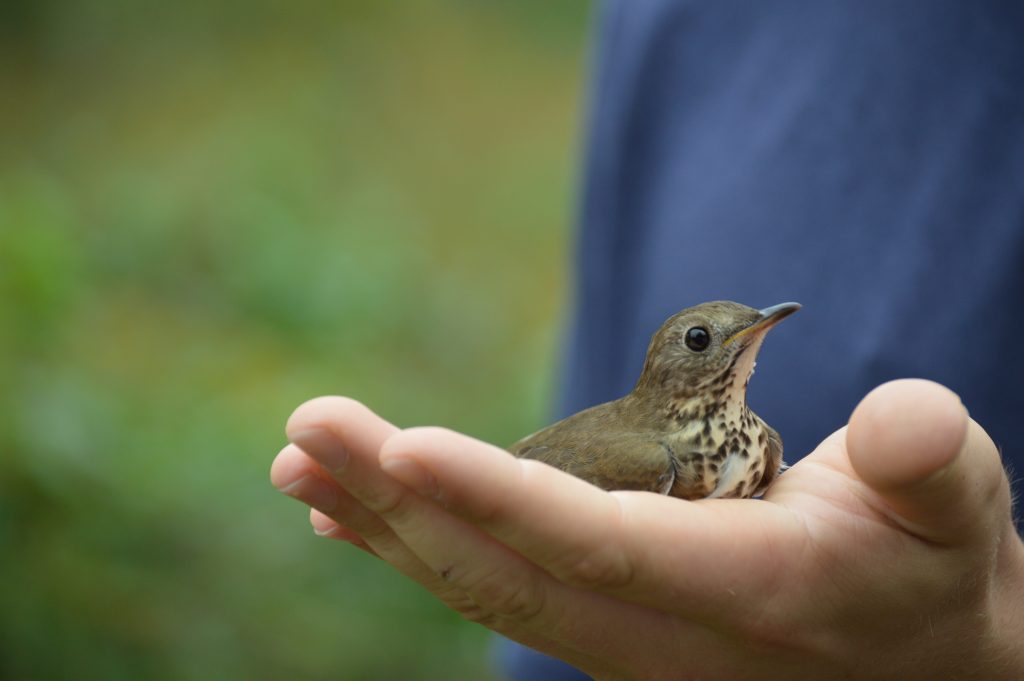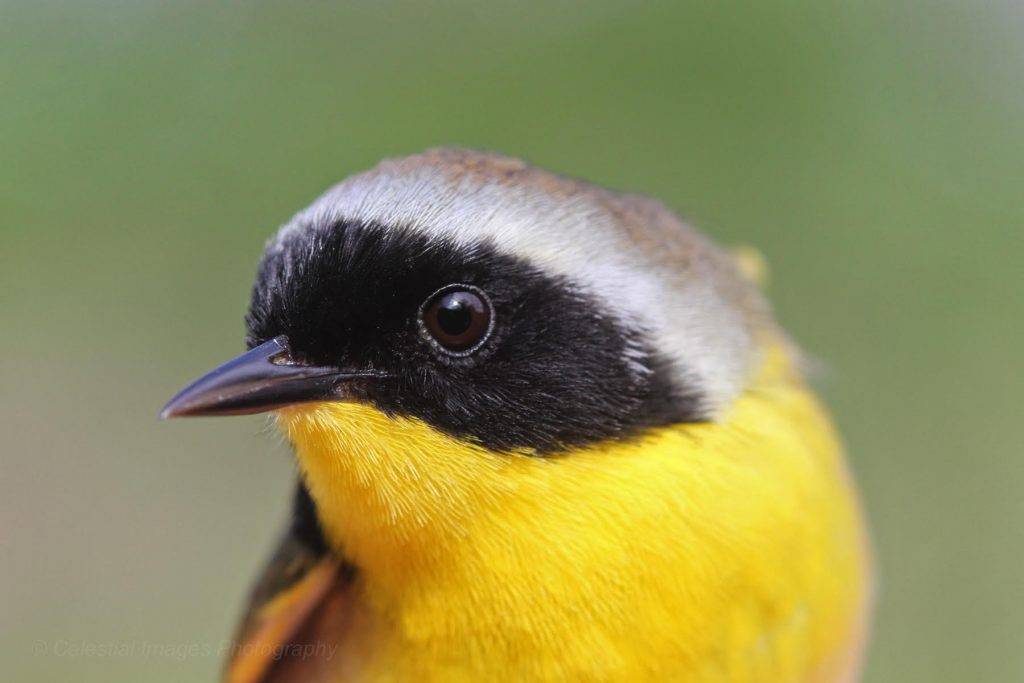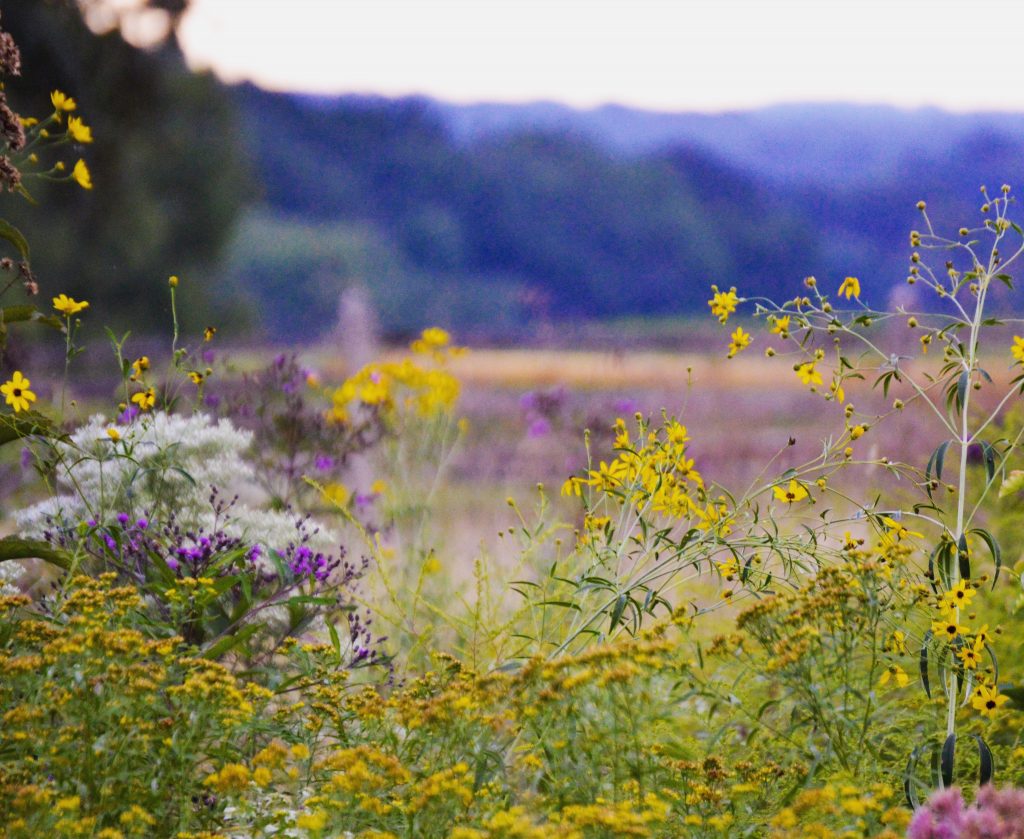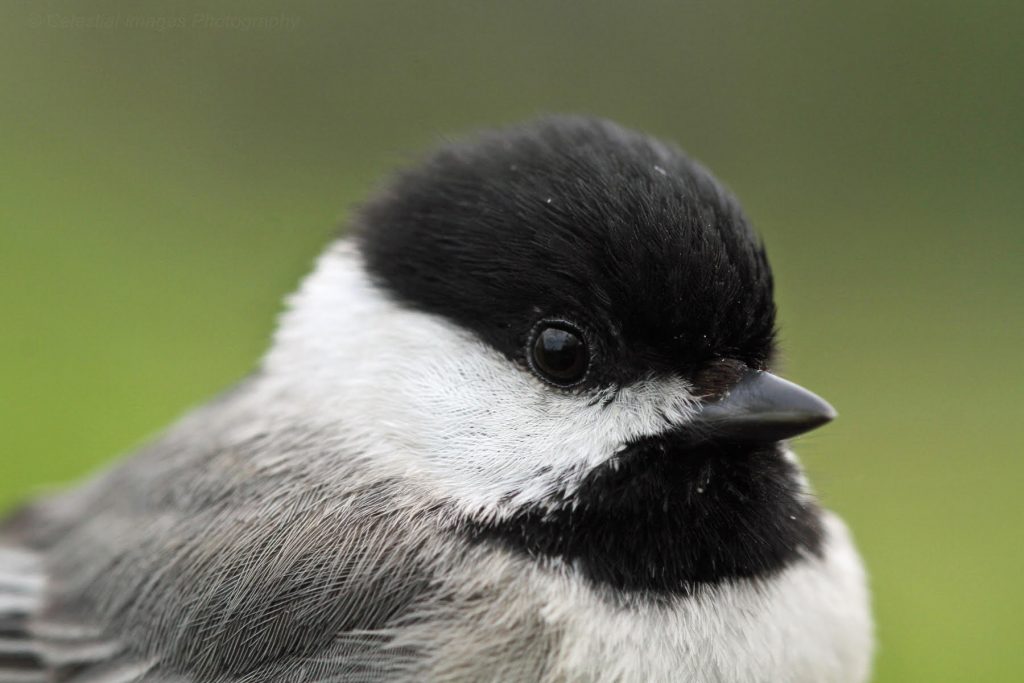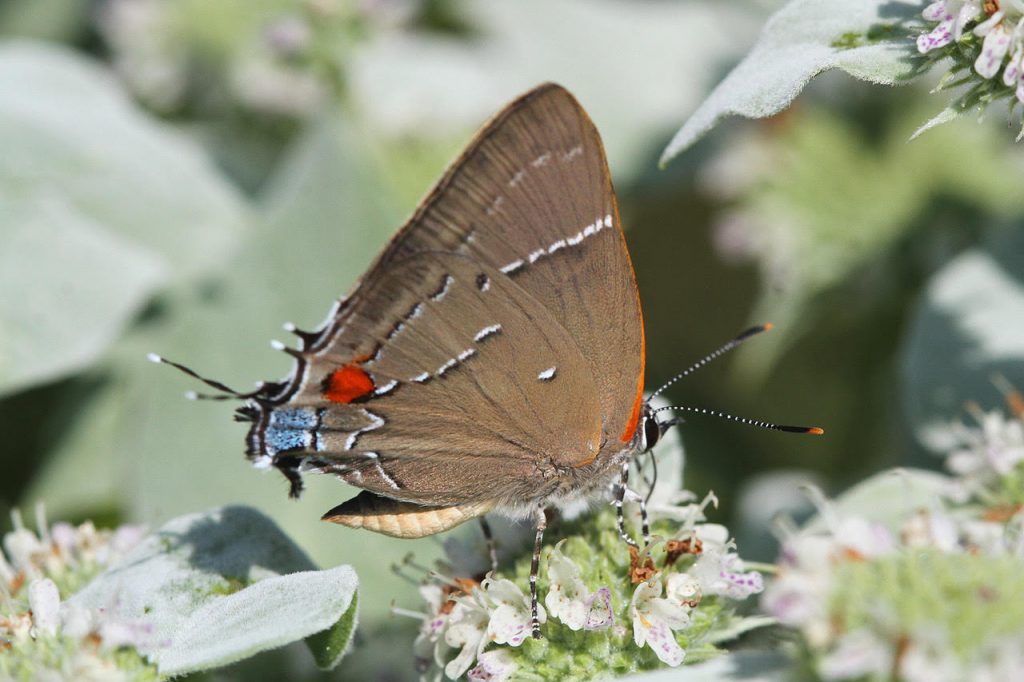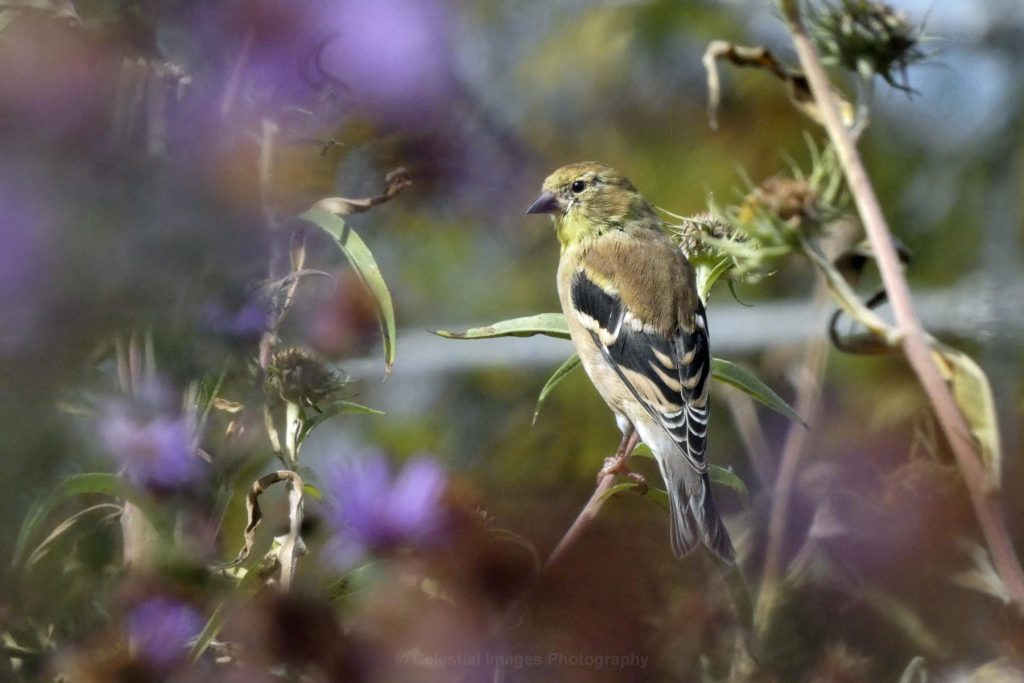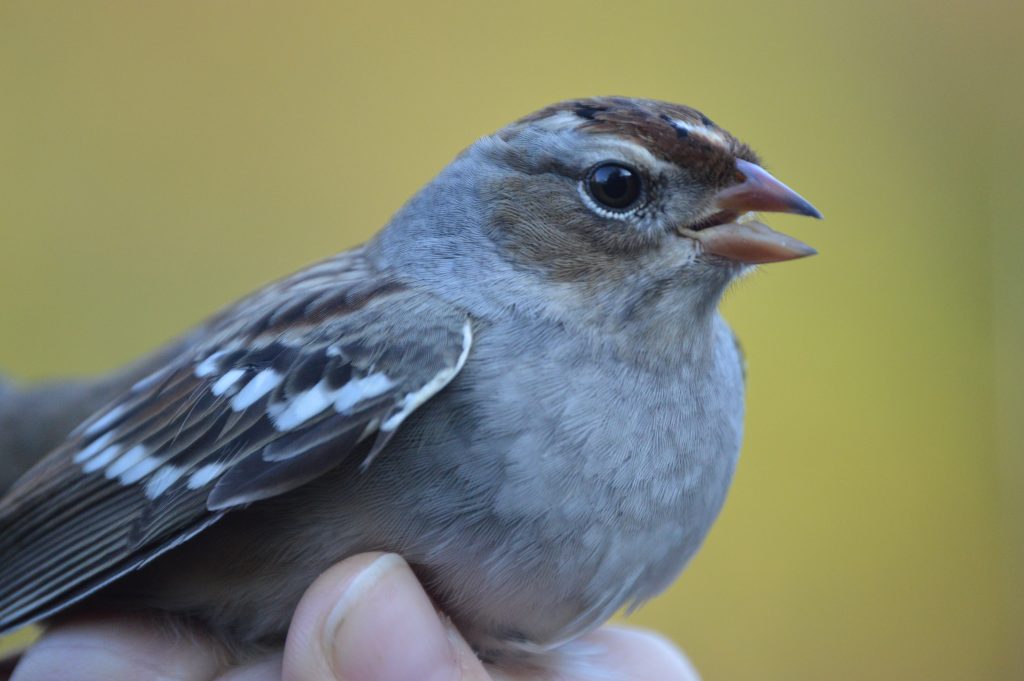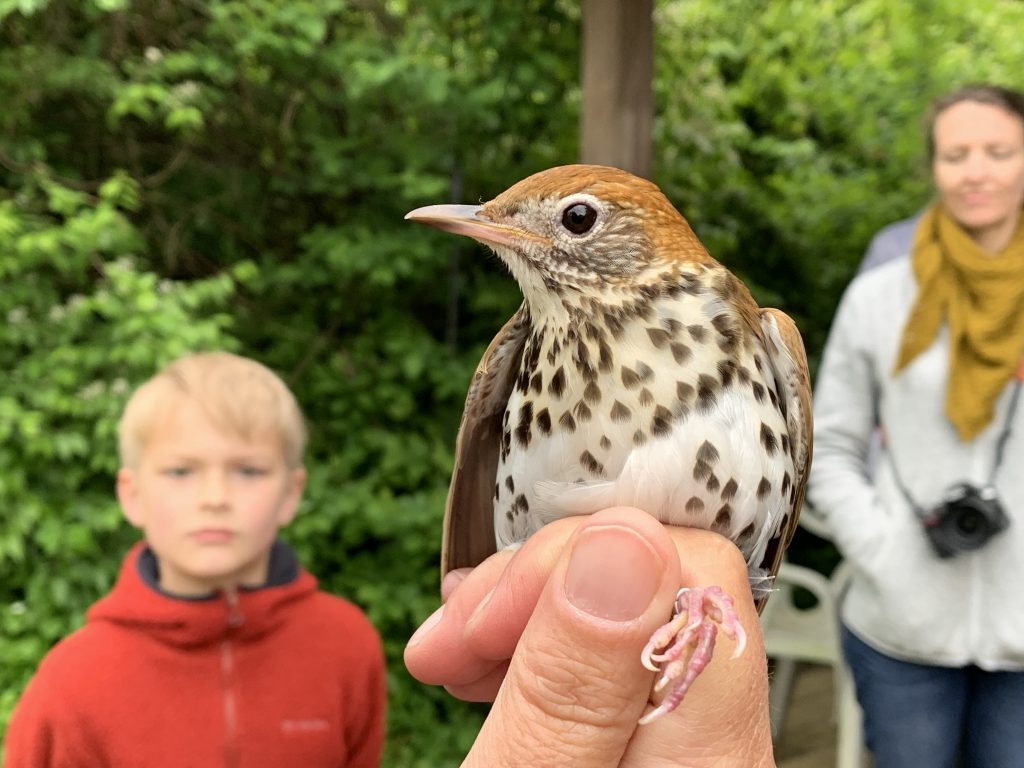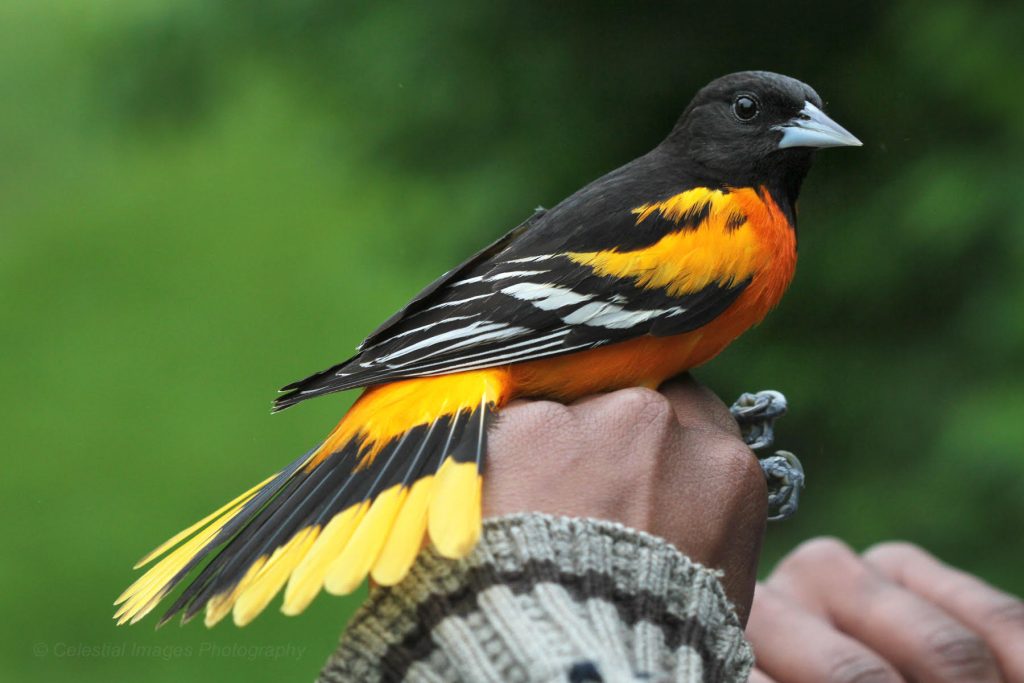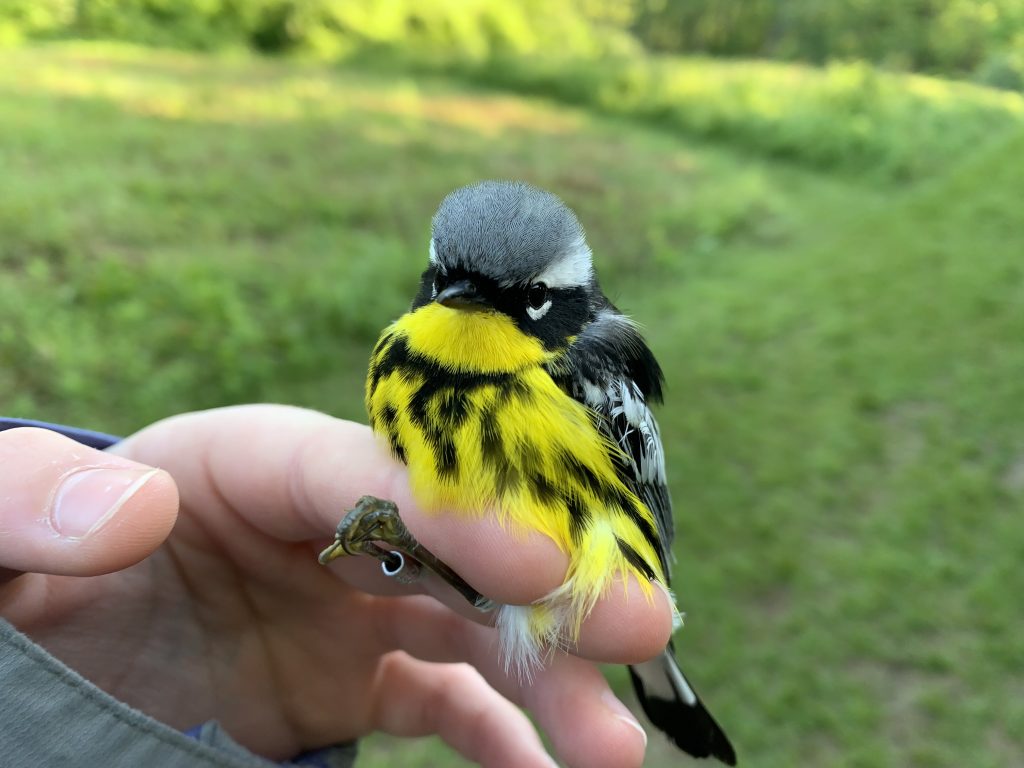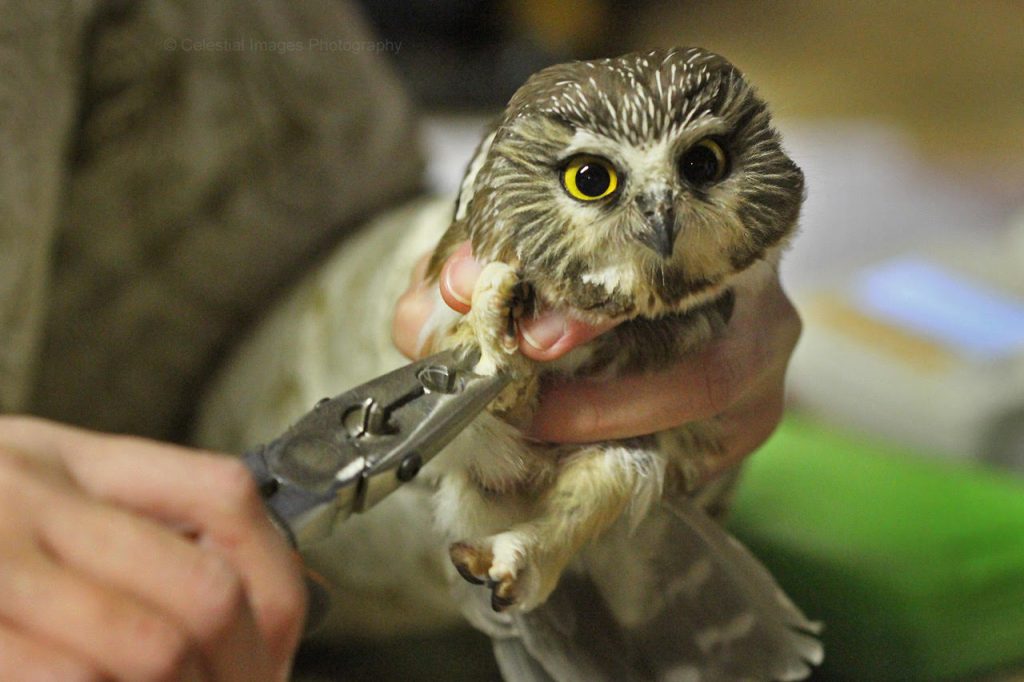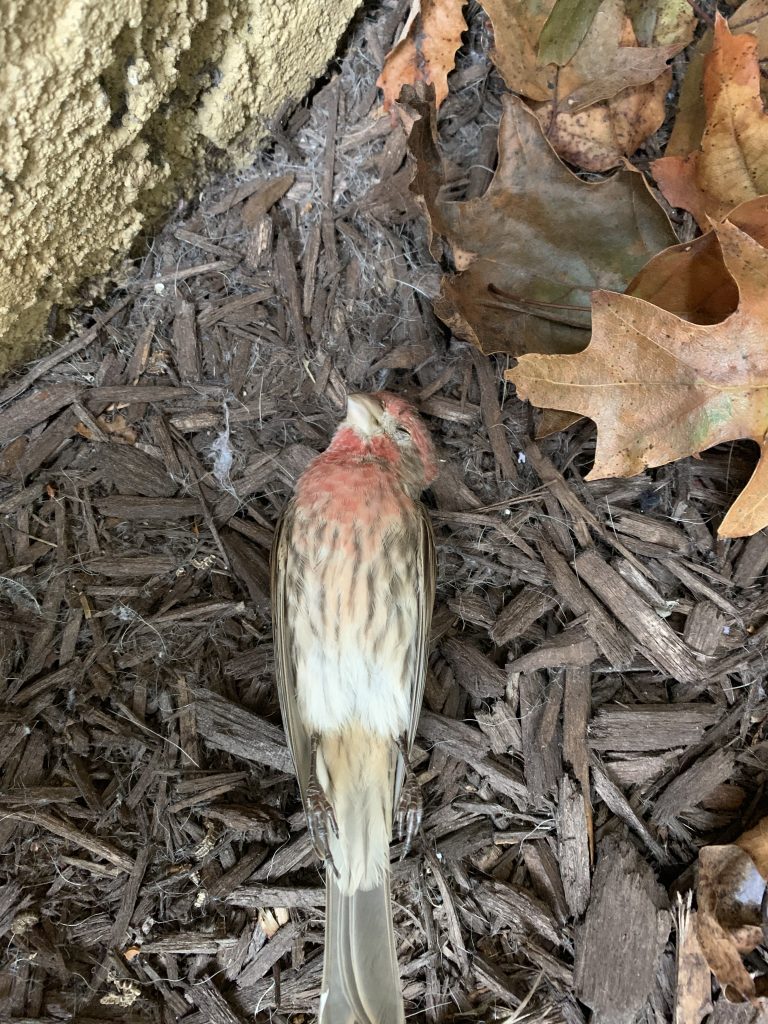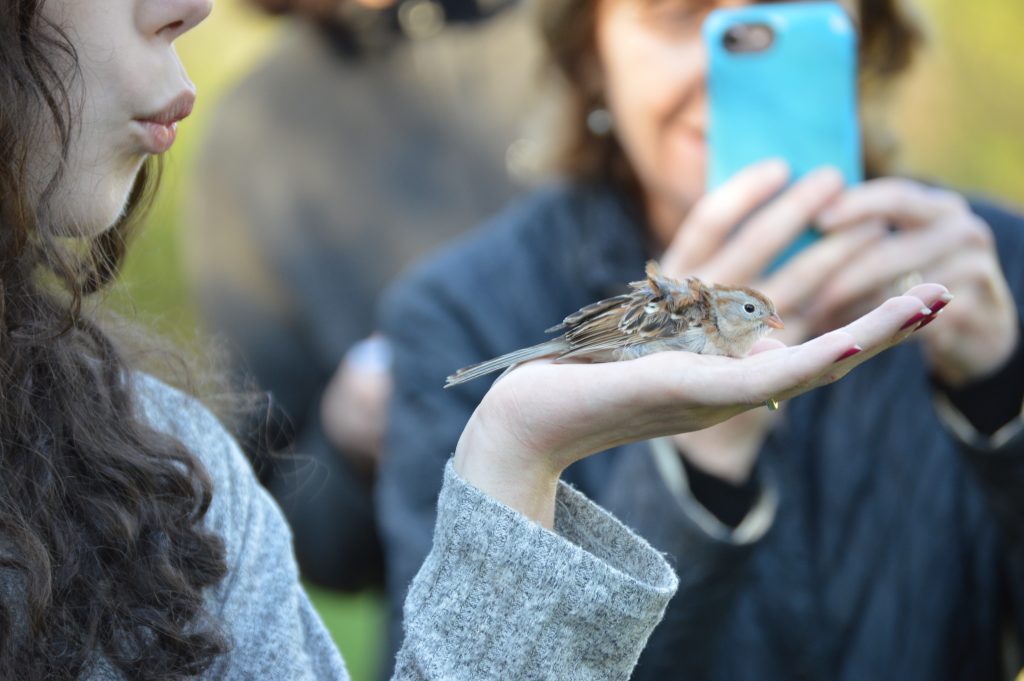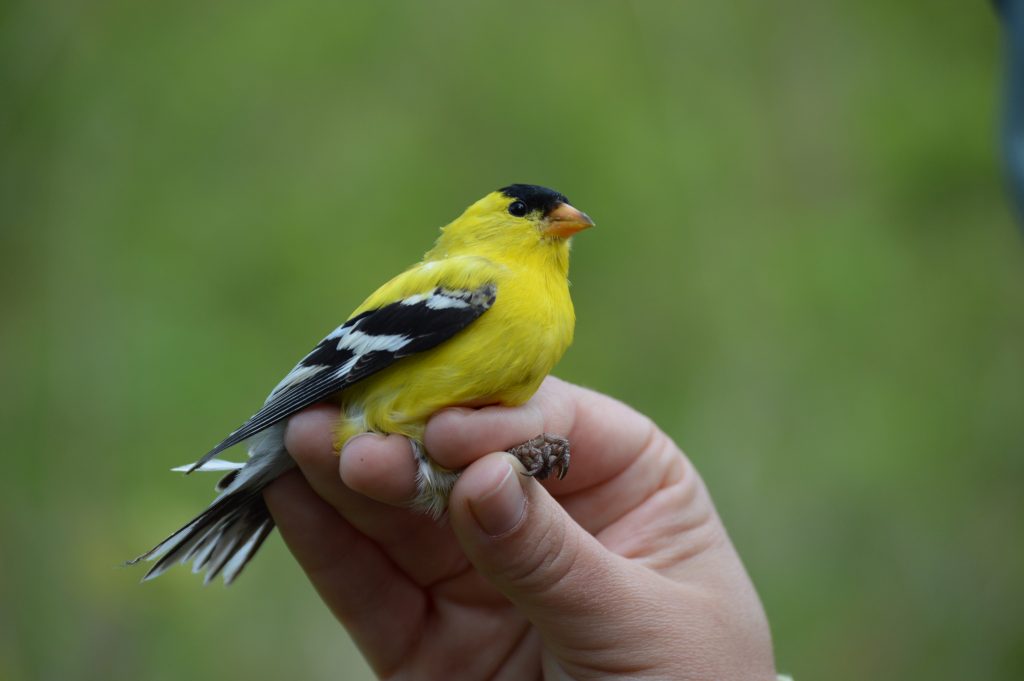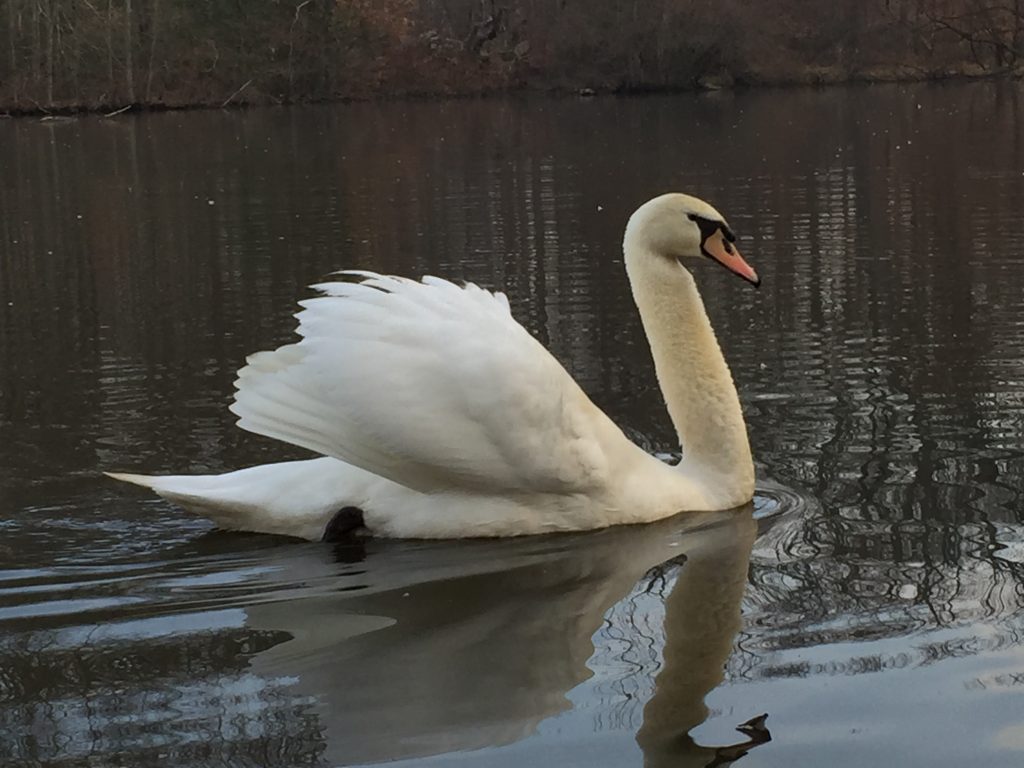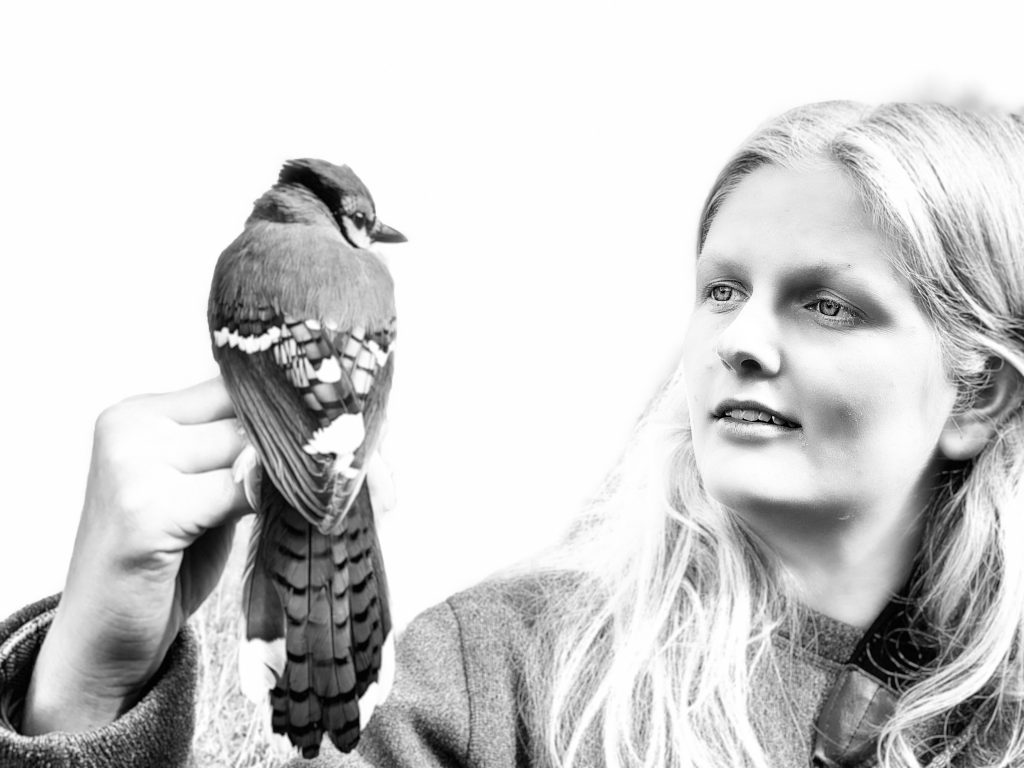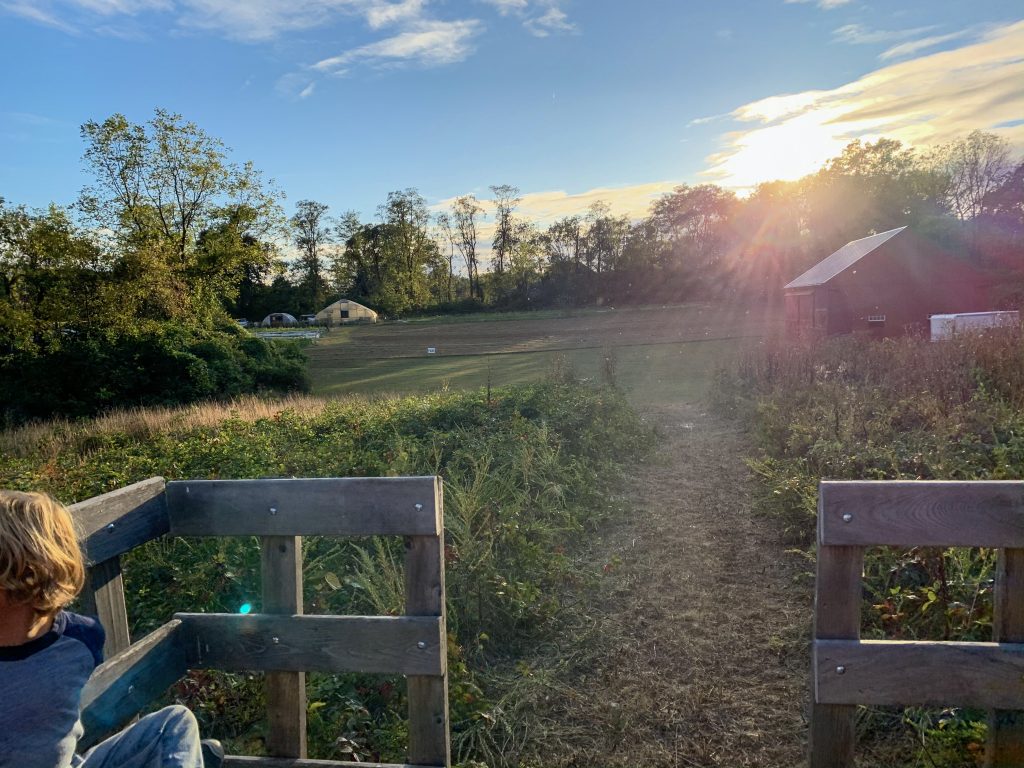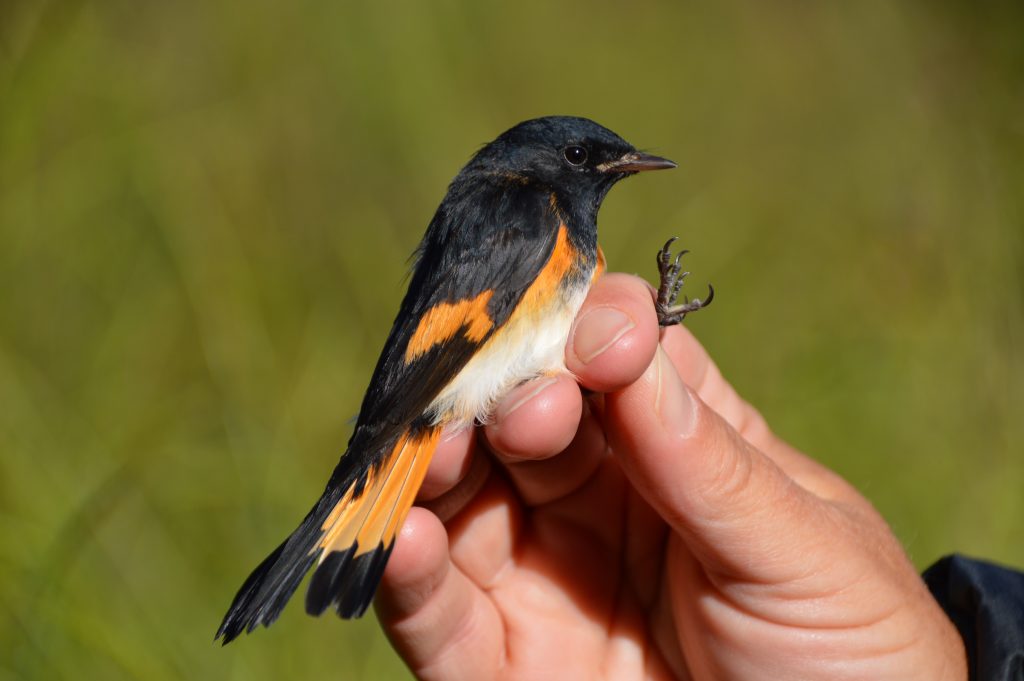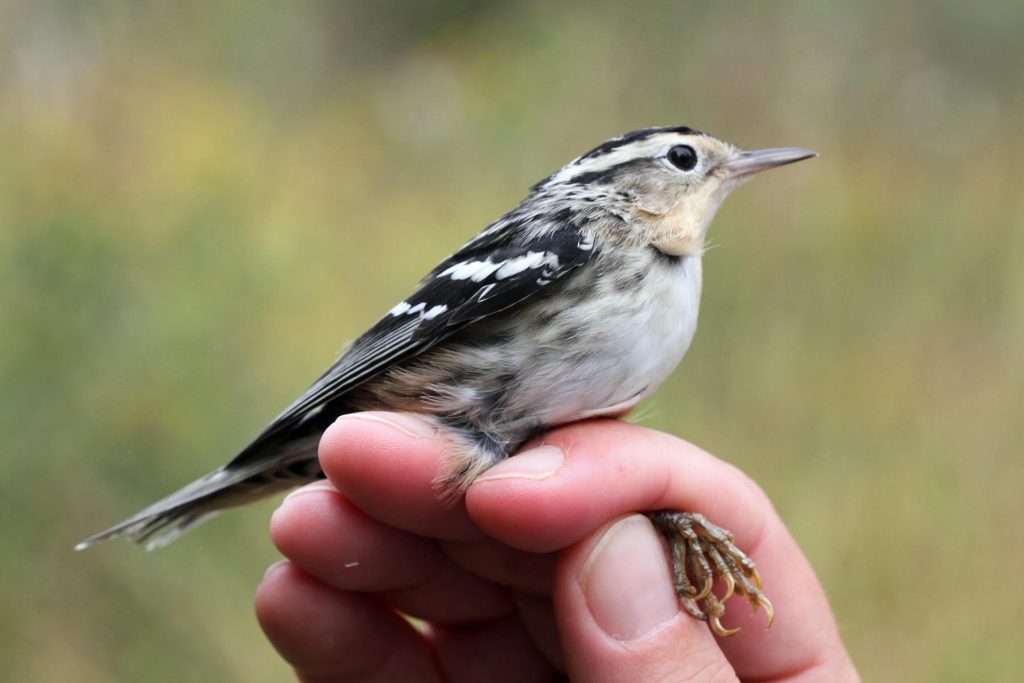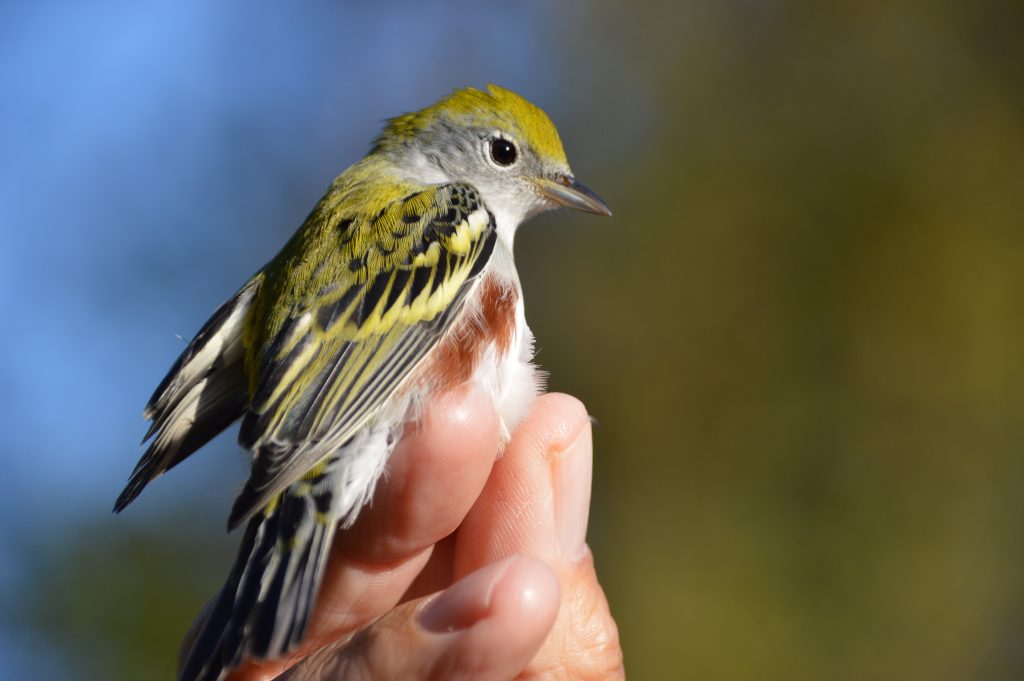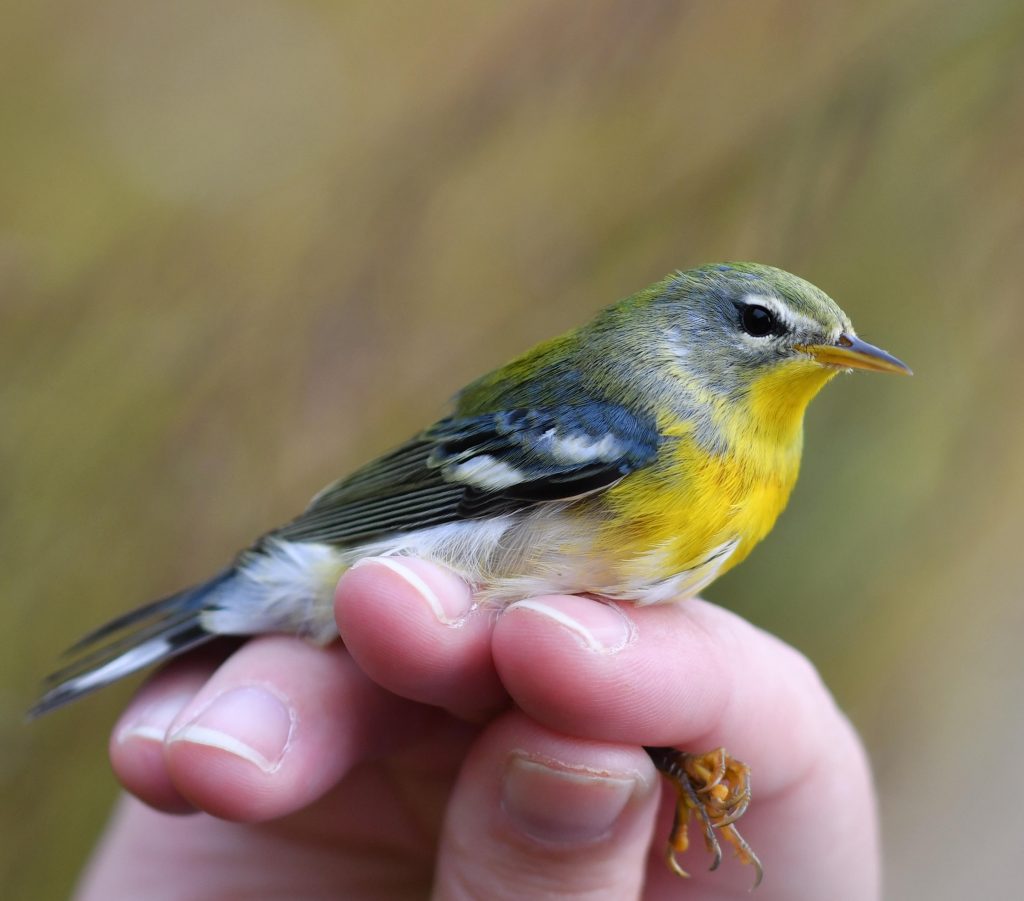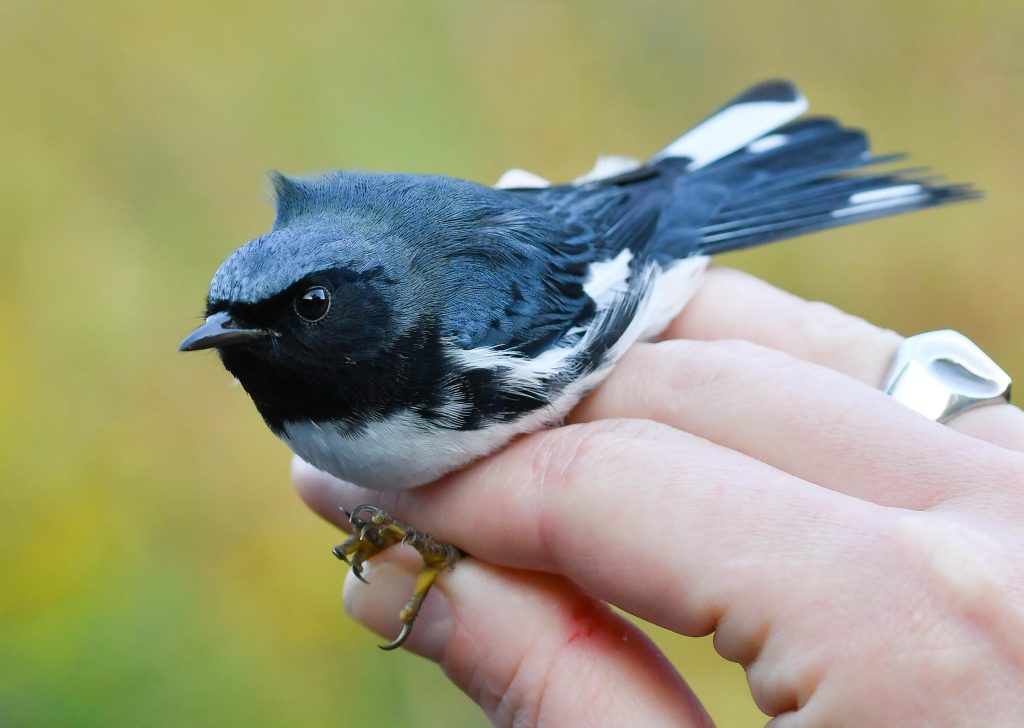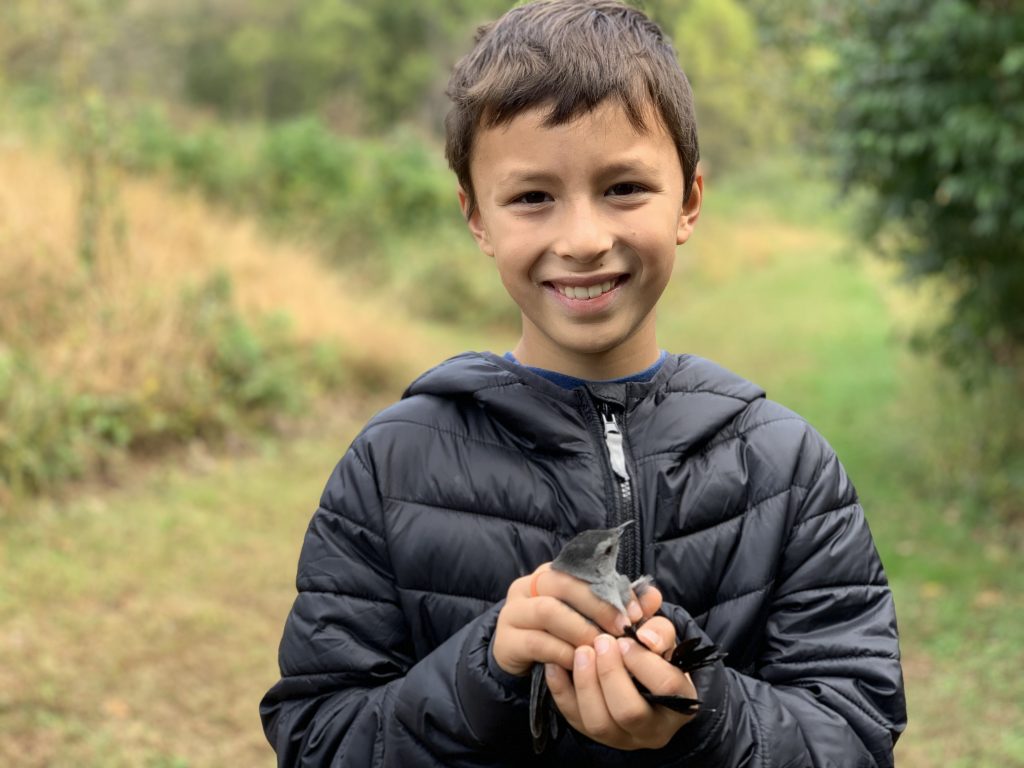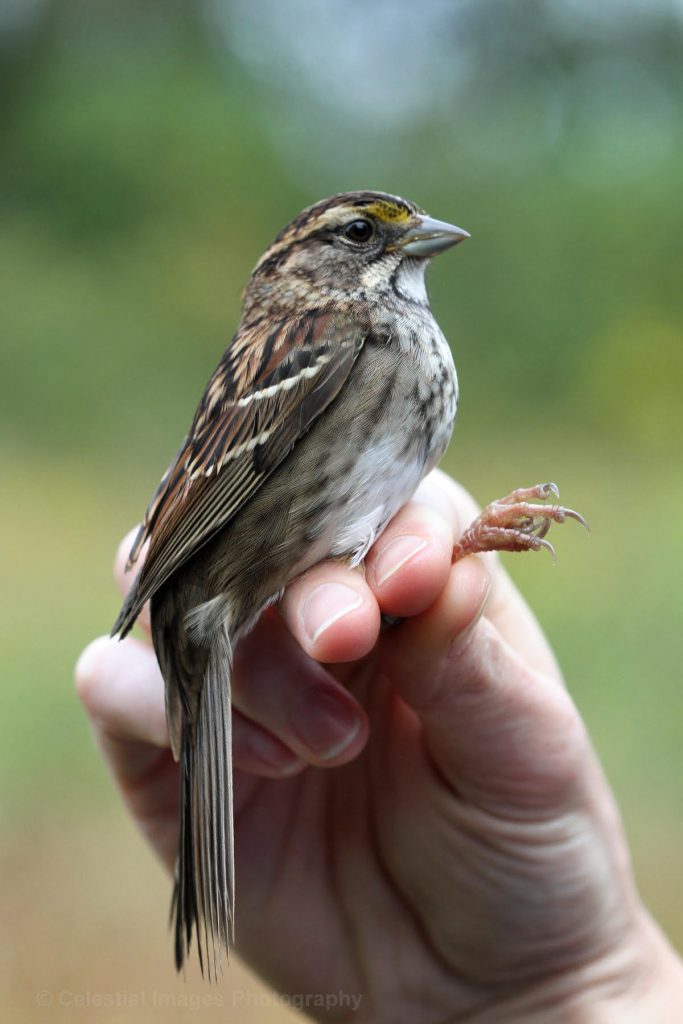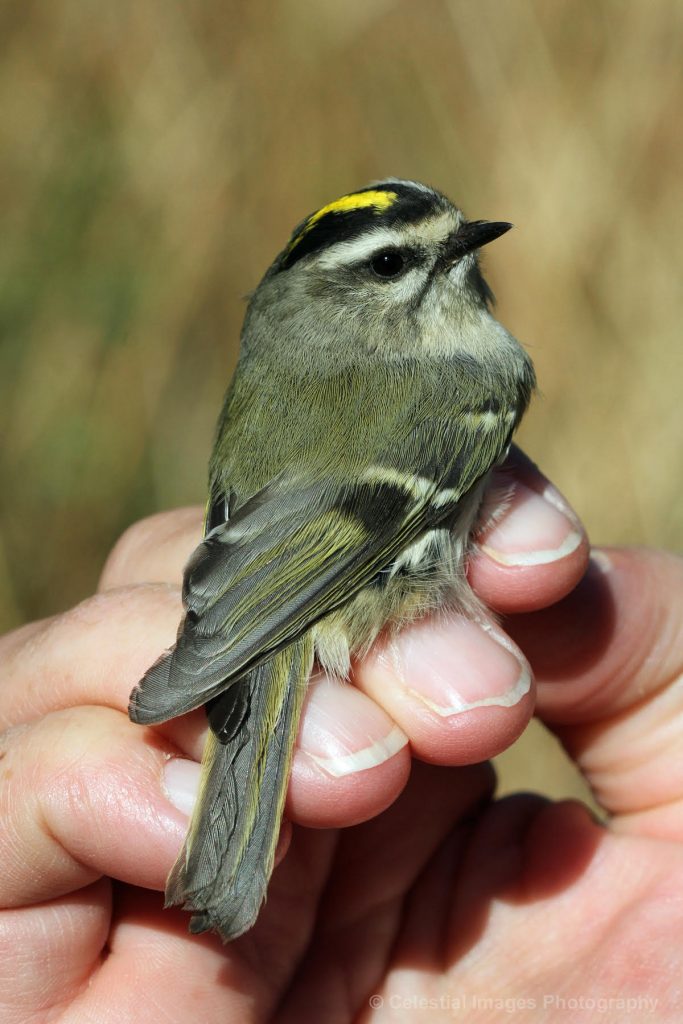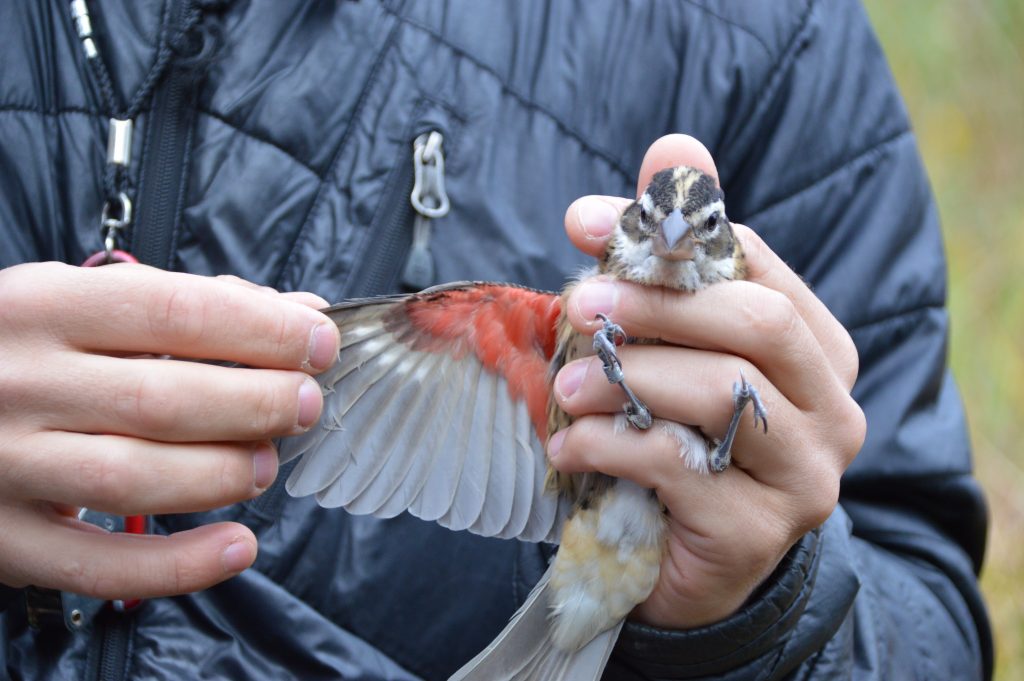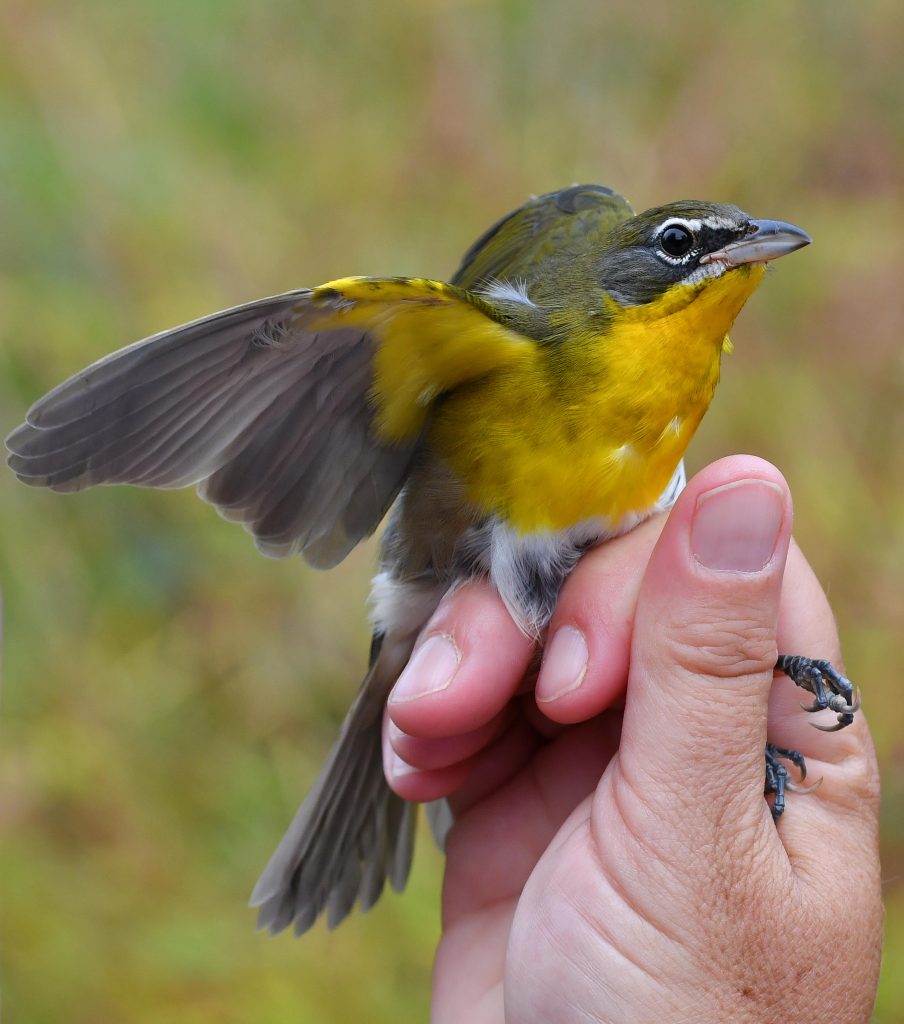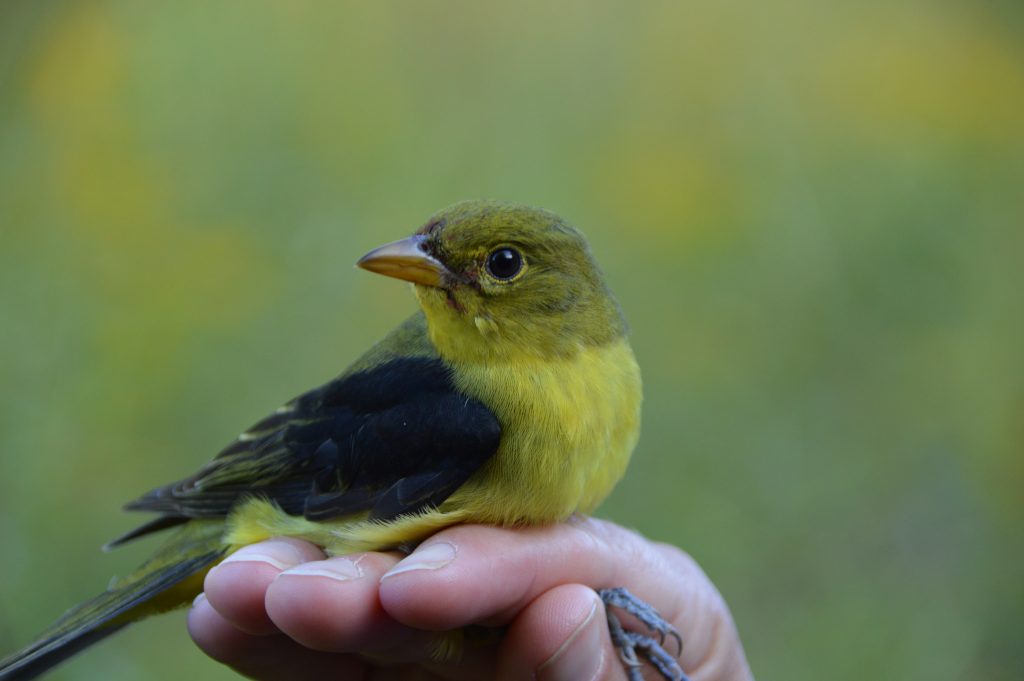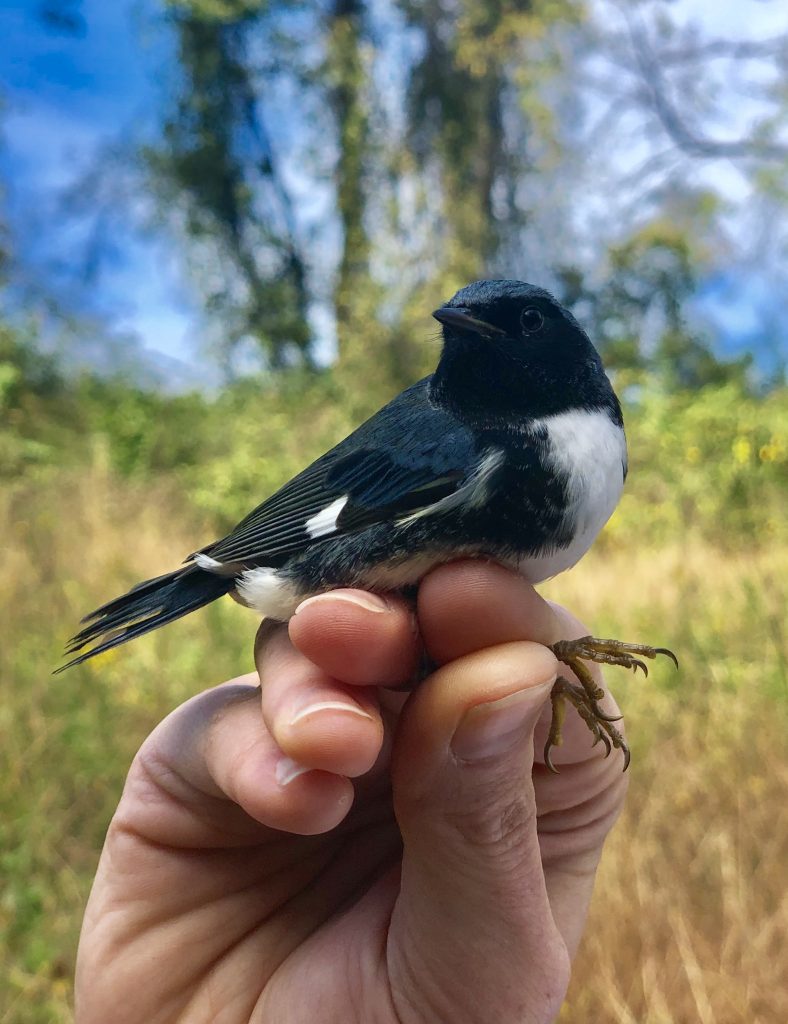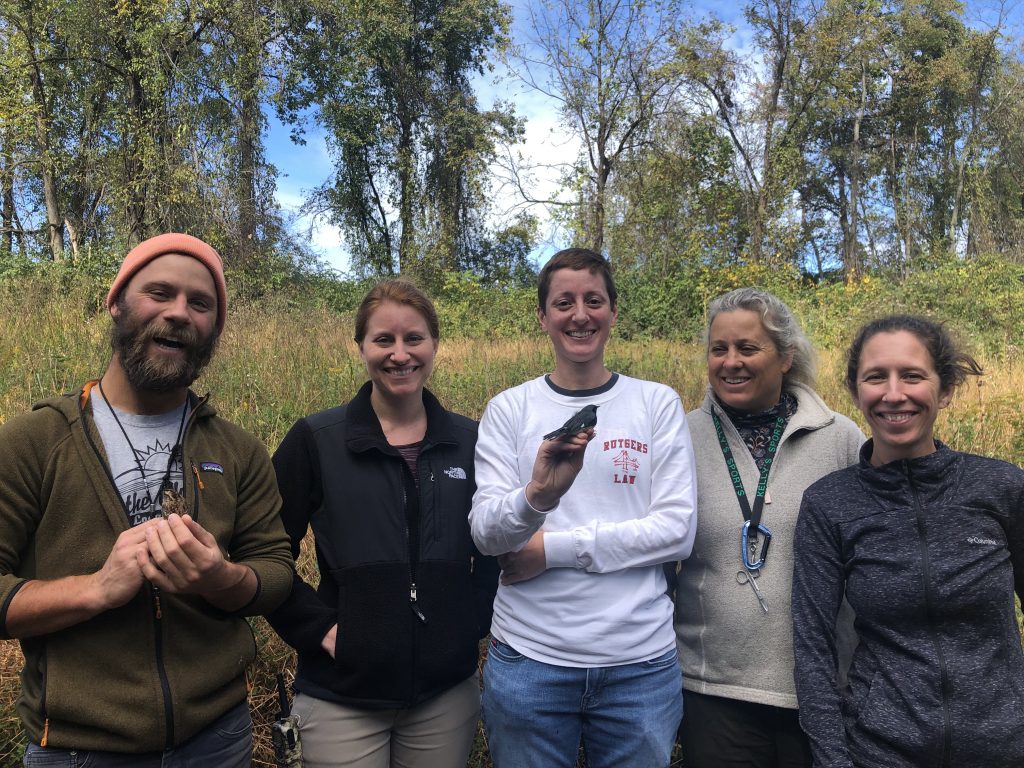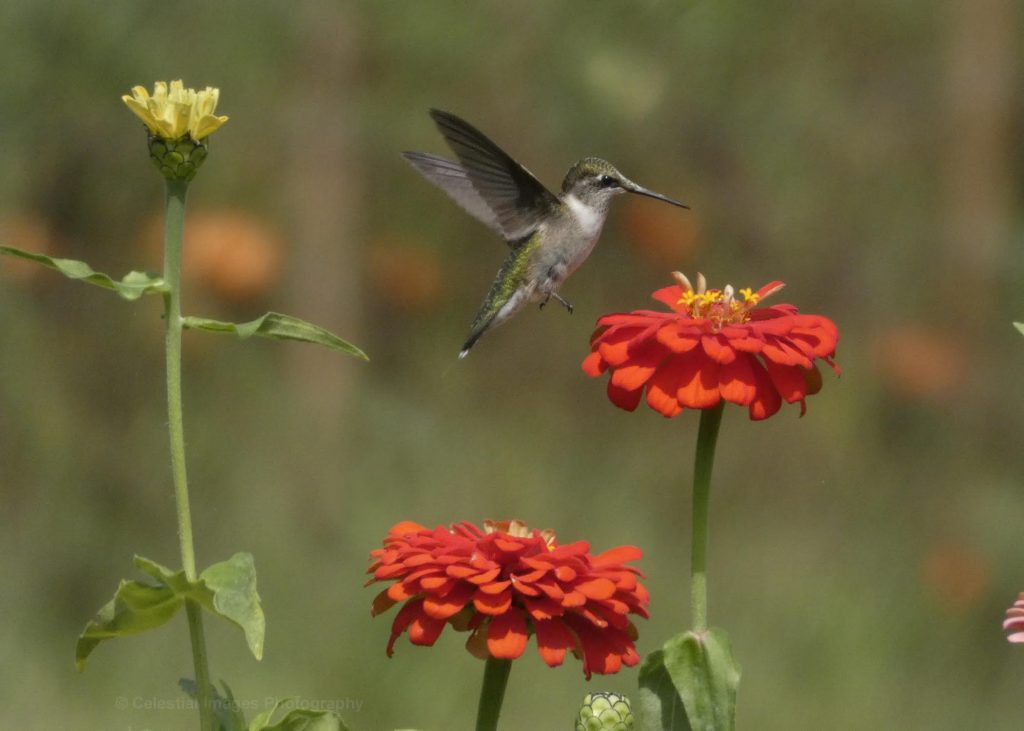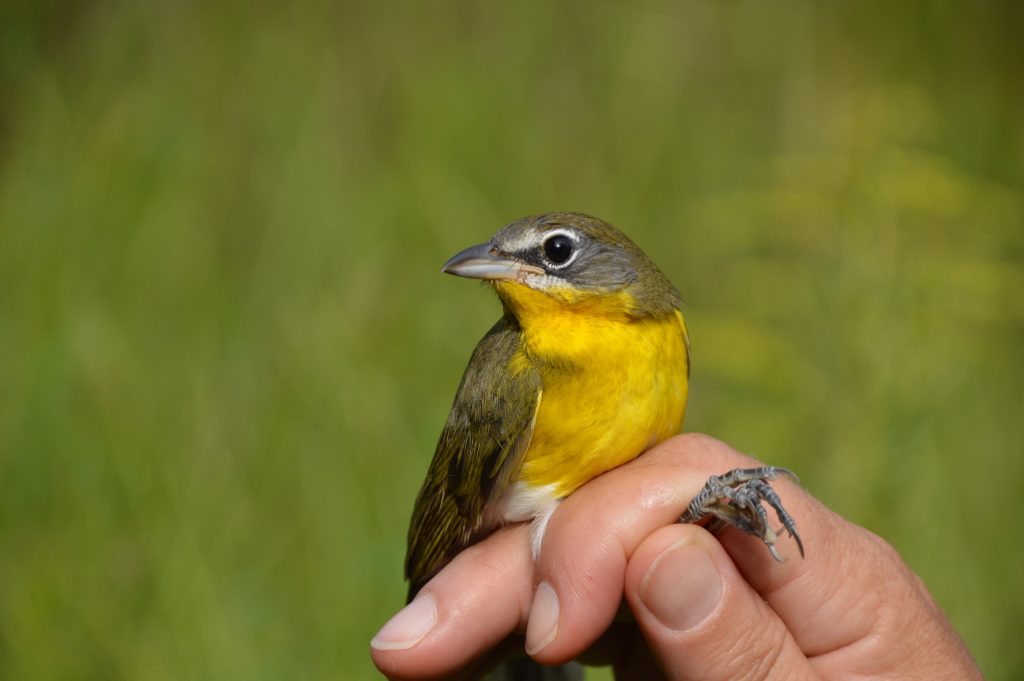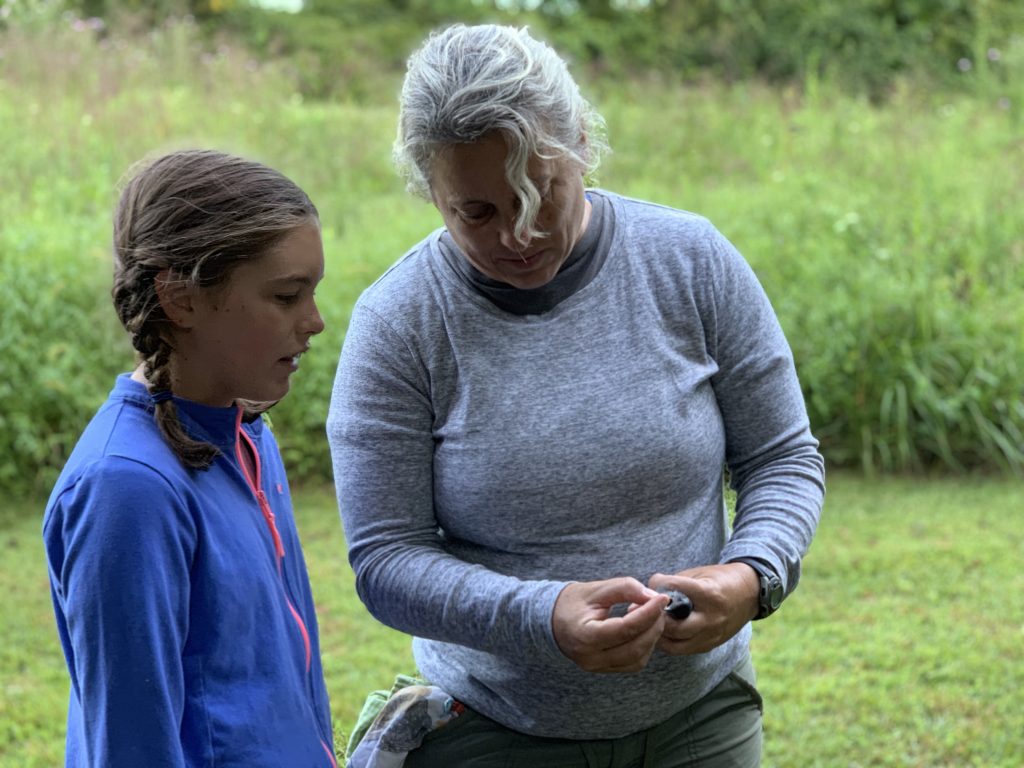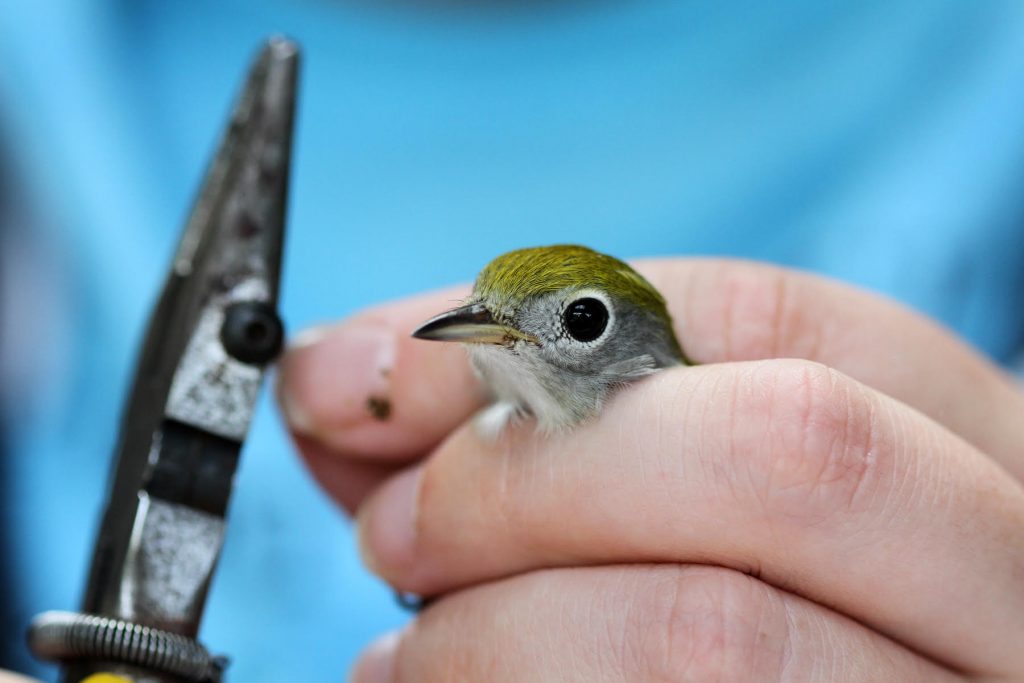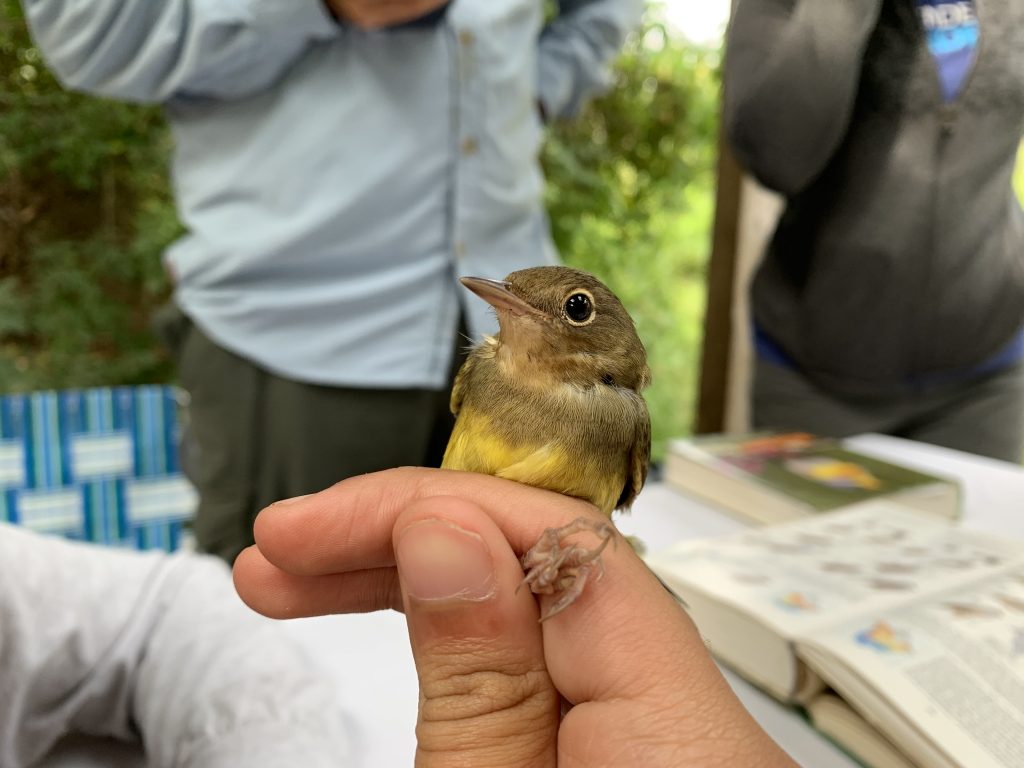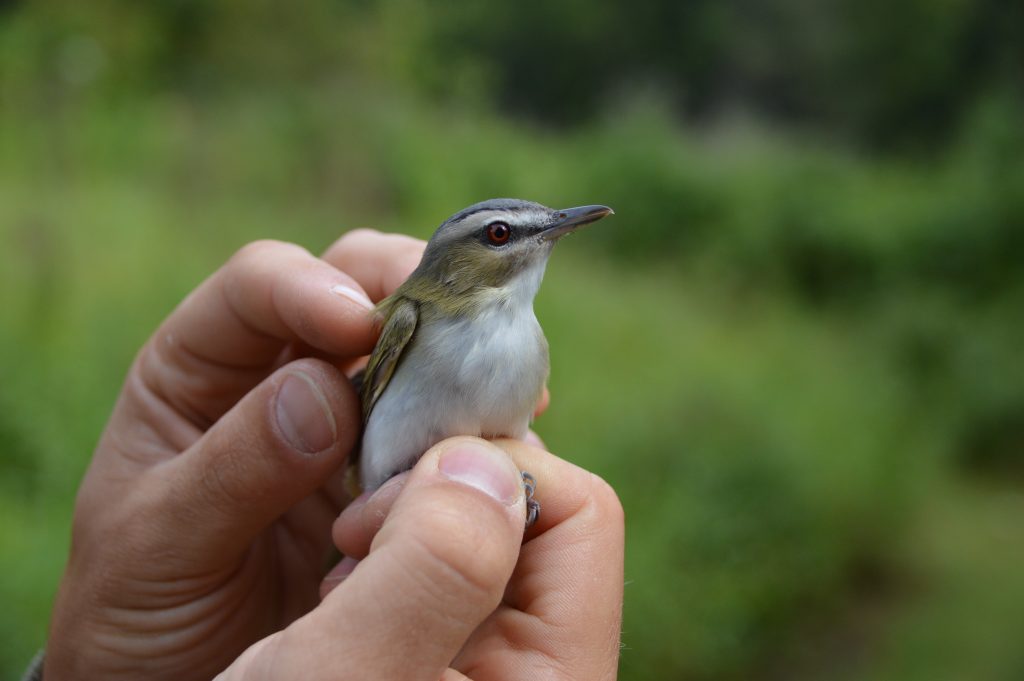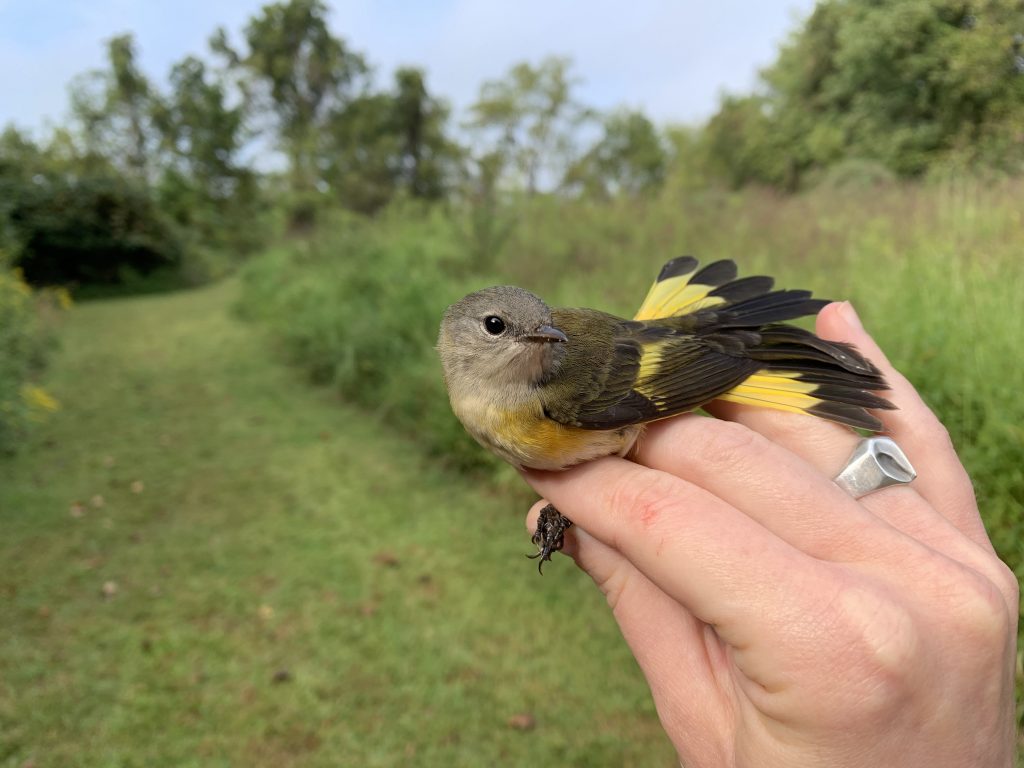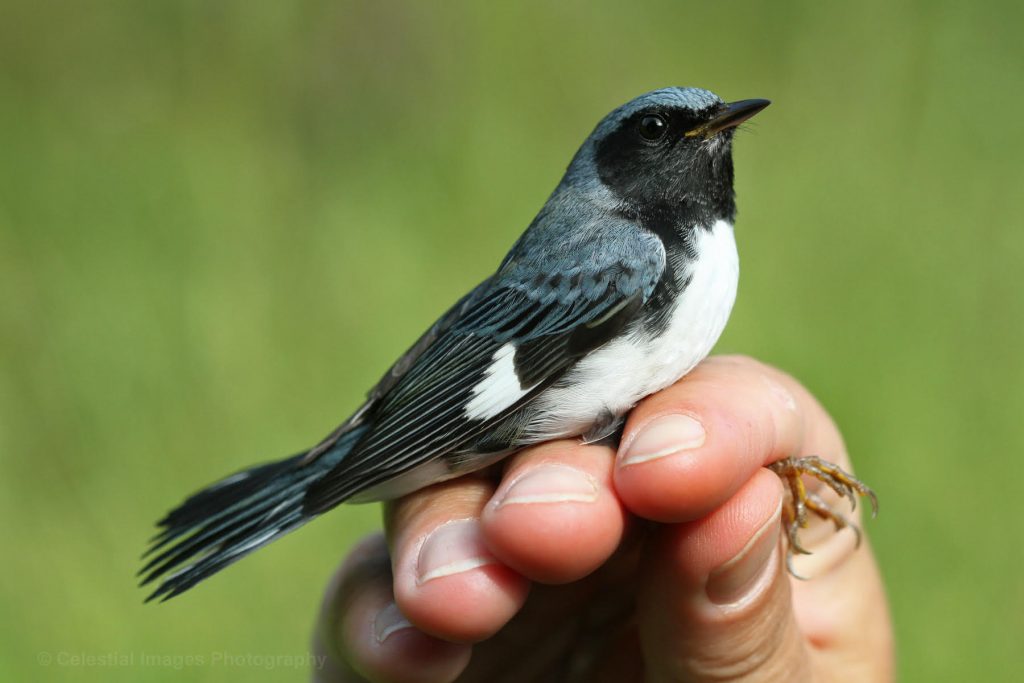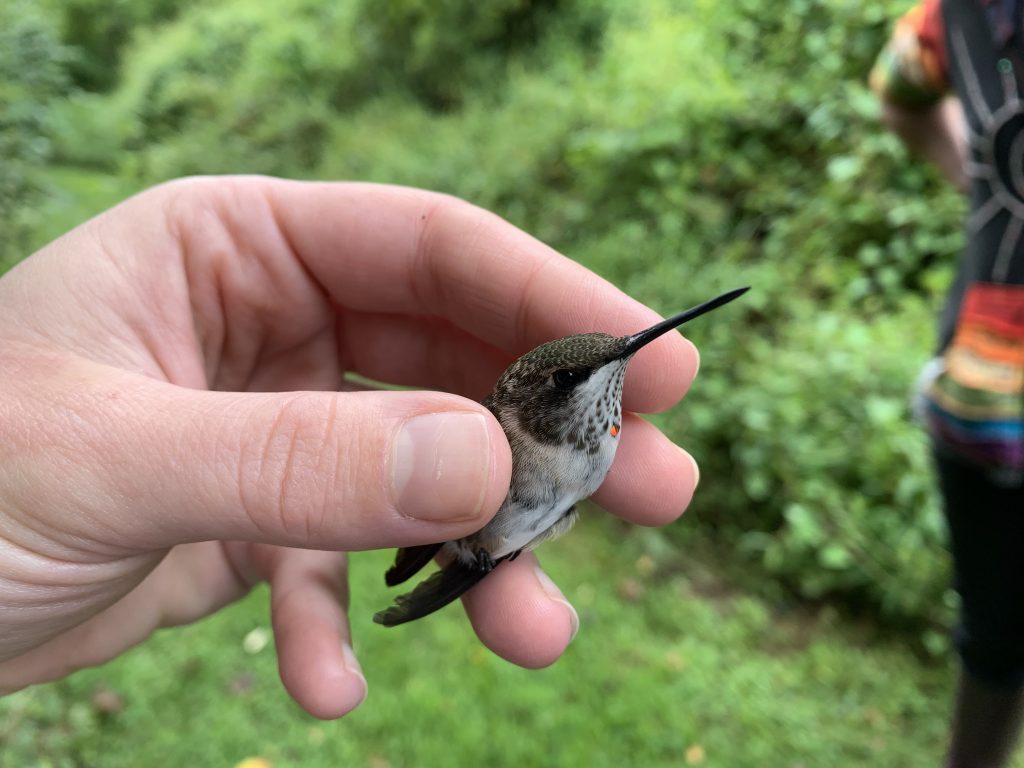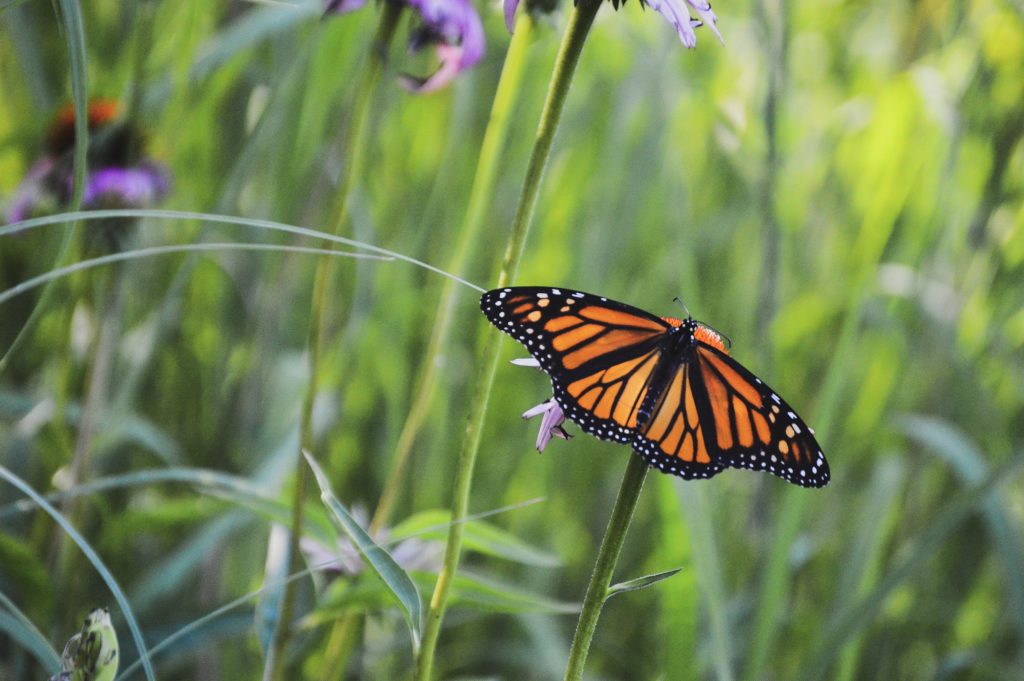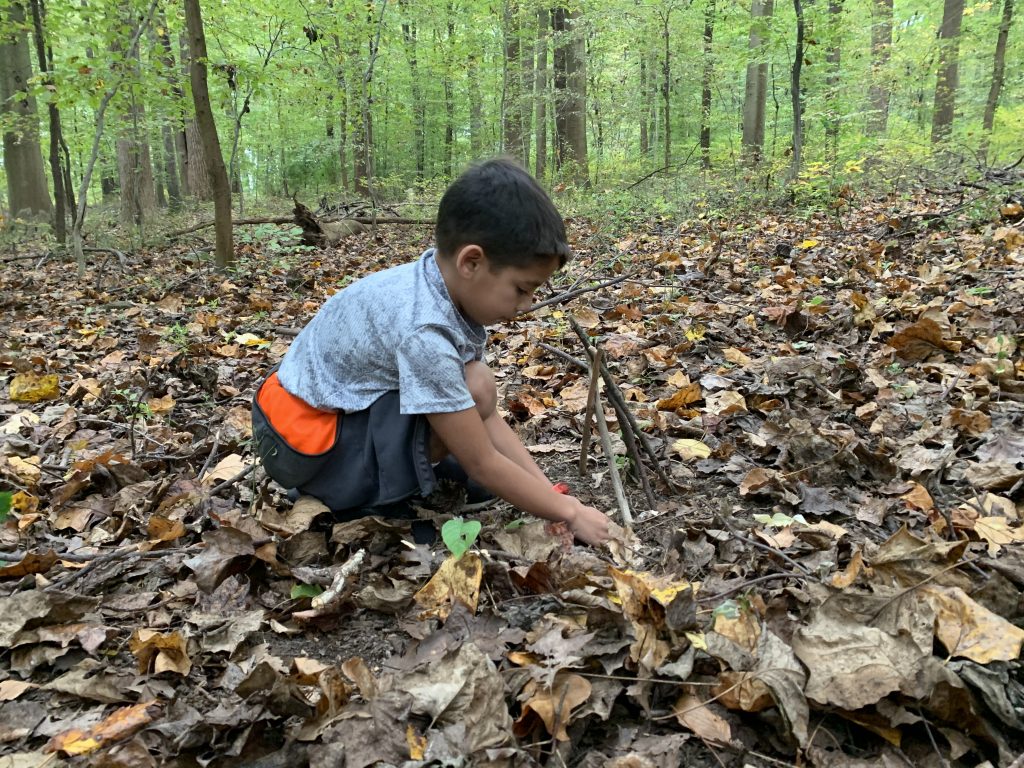
The purpose of art is washing the dust of daily life off our souls. ”
Pablo Picasso
You may have heard of healing forests around the world, especially in countries like South Korea and Japan, that are designated as places for people to find calm, balance, and rejuvenation. There is abundant research that supports the many benefits of nature to our wellbeing: relieving anxiety, depression, and stress while boosting our immune systems, productivity, and even sleep. Walking has all of these benefits as well; one study found that adults who walked for 30 minutes five times a week had more energy to get through the day, felt healthier, and were more confident than people who walked less frequently.
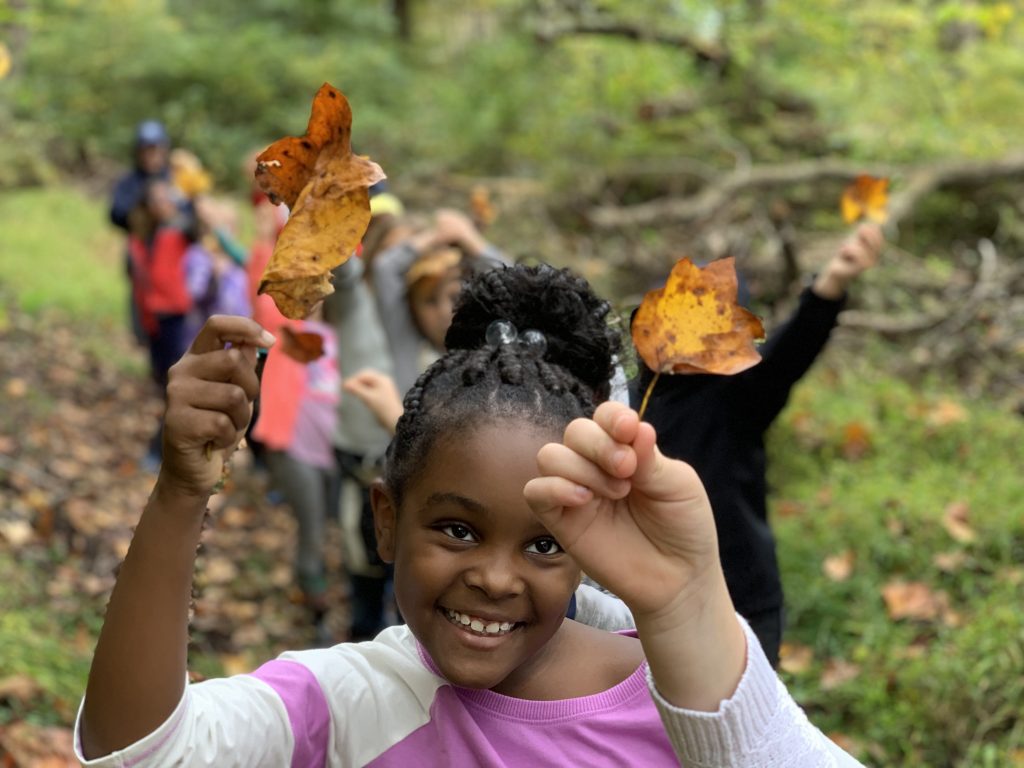
Now imagine combining the super therapies of nature and walking with art! Art is healing in its own way because it connects us to something deep within our soul. A Healing Forest Art Walk is therefore beneficial to both children and adults. I found this fantastic activity from HealingForest.org, which I encourage you to visit for more ideas and extensions of this.
The Healing Forest Art Walk starts with a quiet walk in the woods. There are many nature preserves in our area (including our own Rushton Woods Preserve and Ashbridge Preserve) with trails that bring you through wooded areas. This quiet walk encourages the release of the executive network of the brain (the part that is overworked as kids sit in front of screens doing school work or as you feverishly answer email after email). Once that part of the mind is relaxed, the rest of it is free to wander here and there with all senses and emotions present and engaged.
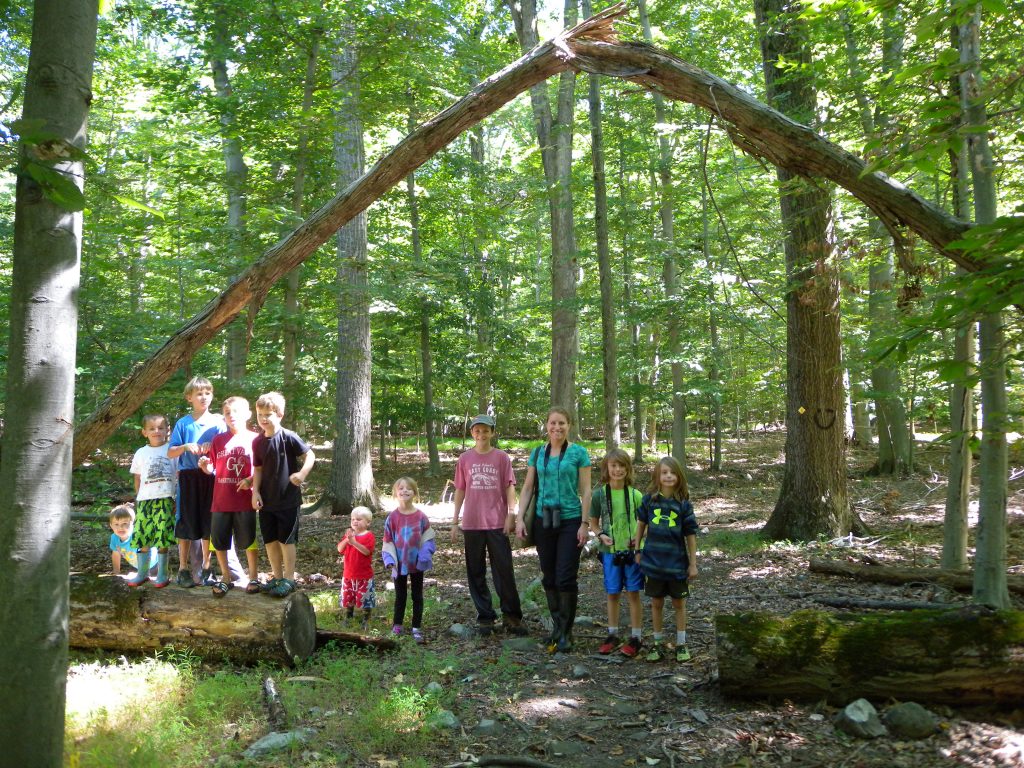
Now find a spot with a nice open section of forest floor. With a partner, spend 5 minutes exploring the vicinity and collecting 5 items each (so you’ll have 10 total). As with building toad abodes, the main rule is to only collect what has already fallen or about to fall. Reconvene with your partner and spend 5-10 minutes creating nature art with your found items. Once finished, everyone goes on a “gallery walk” to visit each pair’s artwork; you can guess what the artist had in mind and then hear the artist’s interpretation.
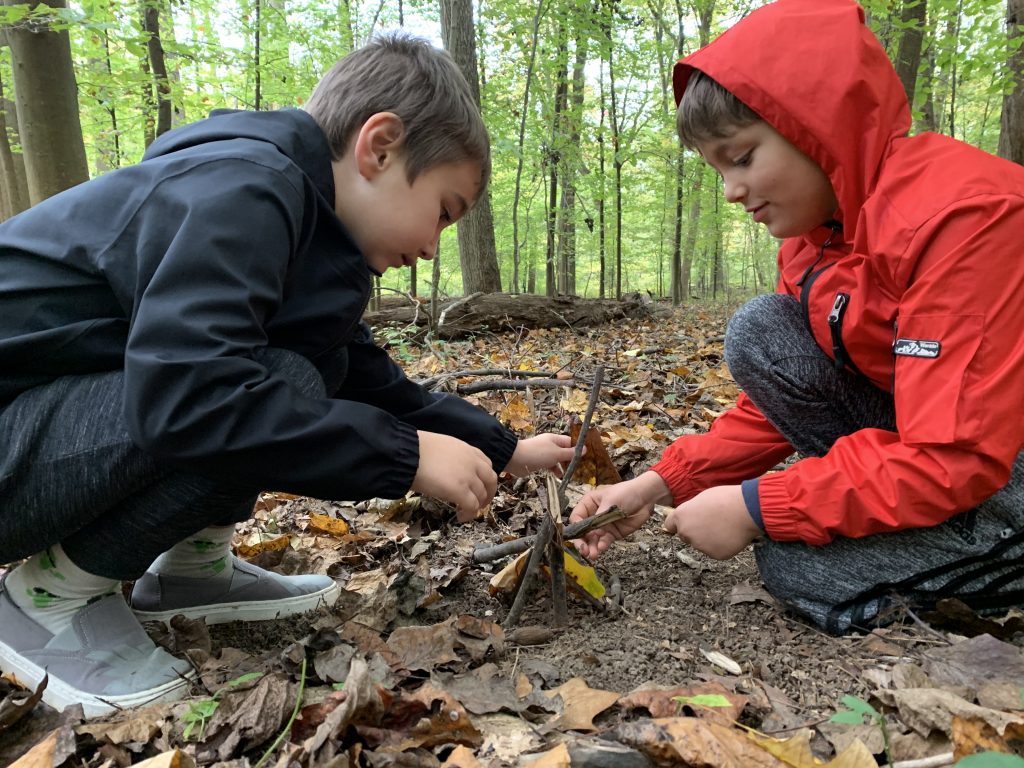
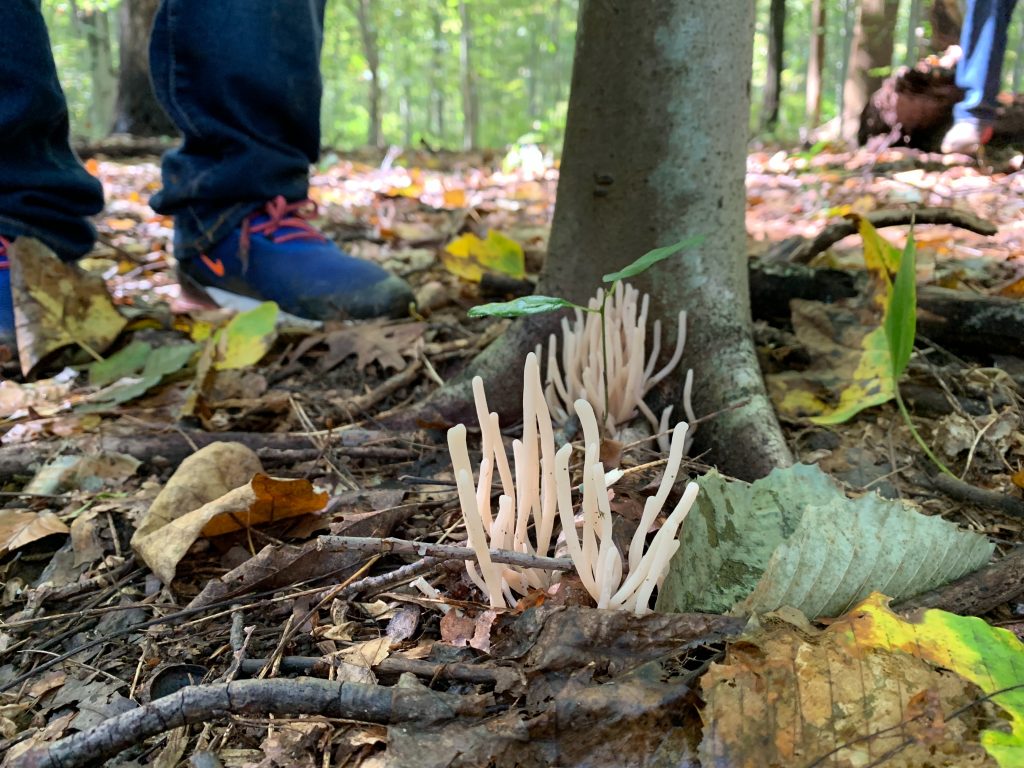
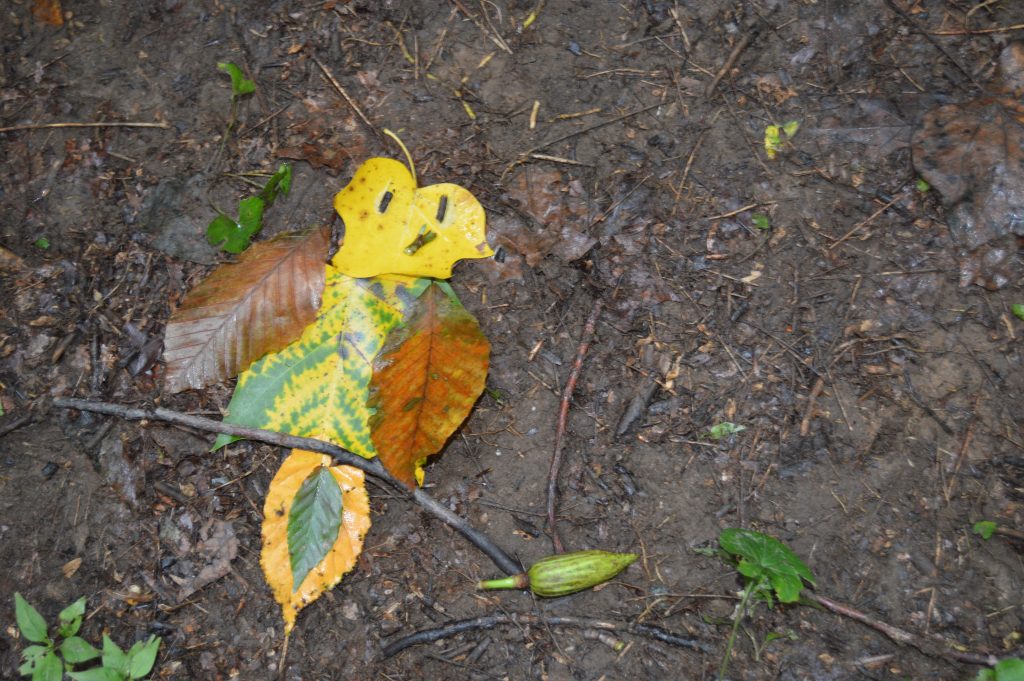
This activity can easily be done with only one child as well, in which case it’s fun to have them create their own forest friend. Whooo would not enjoy this?
I will leave you with some quotes about art to help get your child’s (or your) creativity flowing:
“Art is not what you see but what you make others see.” – Edgar Degas
“The richness I achieve comes from nature, the source of my inspiration.” – Claude Monet
“Every child is an artist. The problem is how to remain an artist once we grow up.” – Pablo Picasso
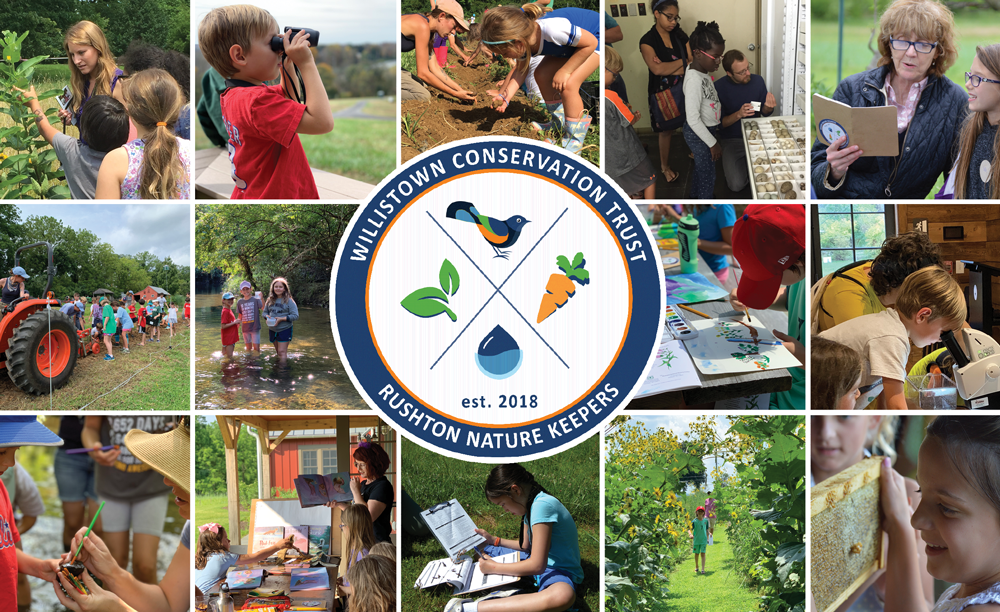
Rushton Nature Keepers
Blake manages our Rushton Nature Keepers (RNK) club for children ages 7-11. Through year-round programs covering four conservation themes (birds and wildlife, regenerative farming, healthy habitat, and watersheds), RNK provides children with unique opportunities to develop a meaningful life-long relationship with nature. Although things are subject to change regarding Covid-19, we plan to resume children’s activities on May 2nd. Click here for the schedule of RNK programs and membership information.
